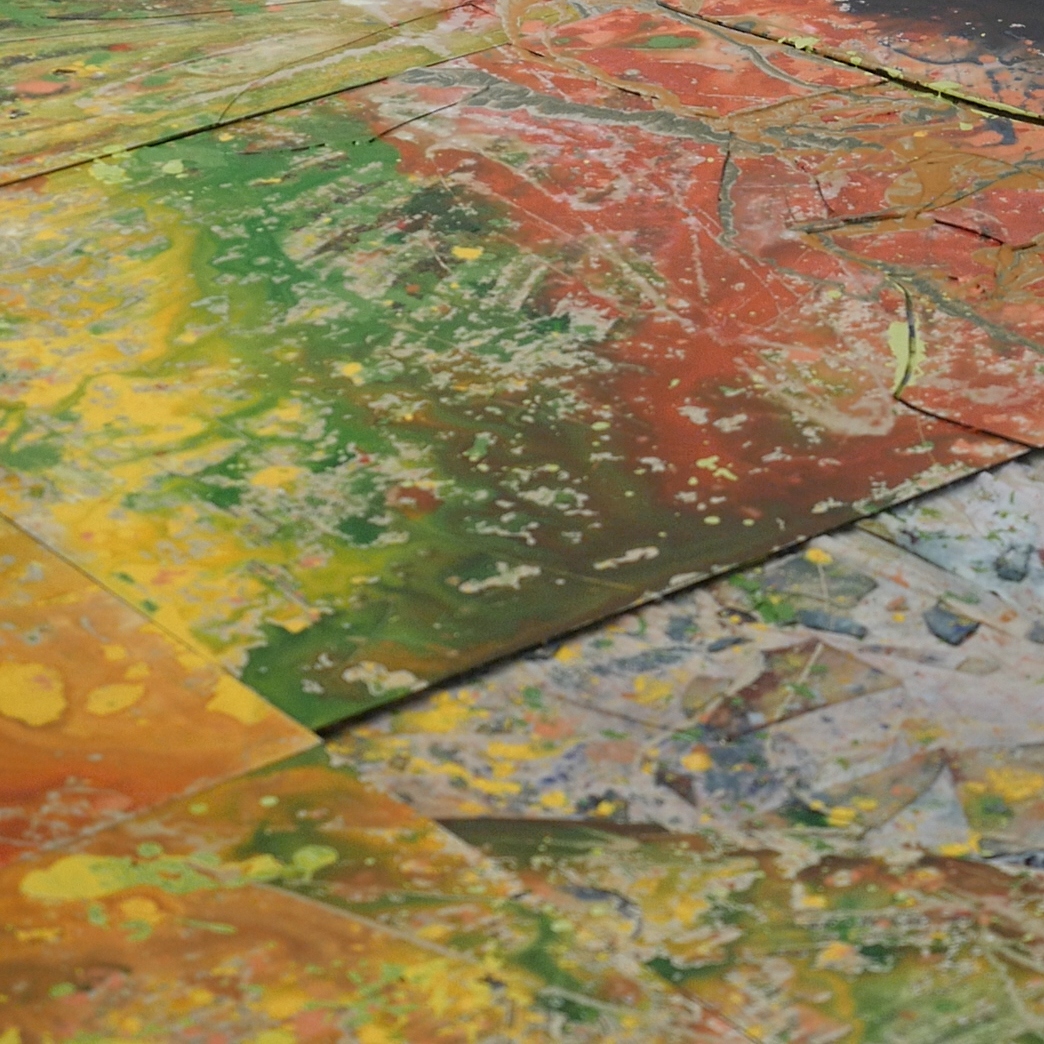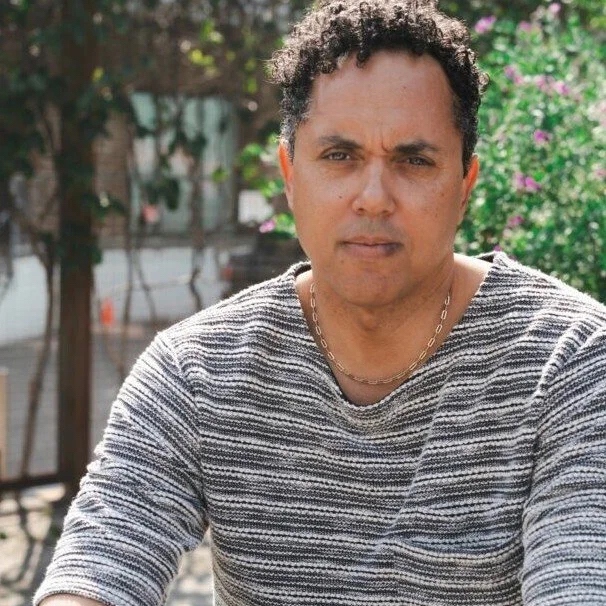The Fallby Edgar Arceneaux
Nov 8 – Dec 20, 2025
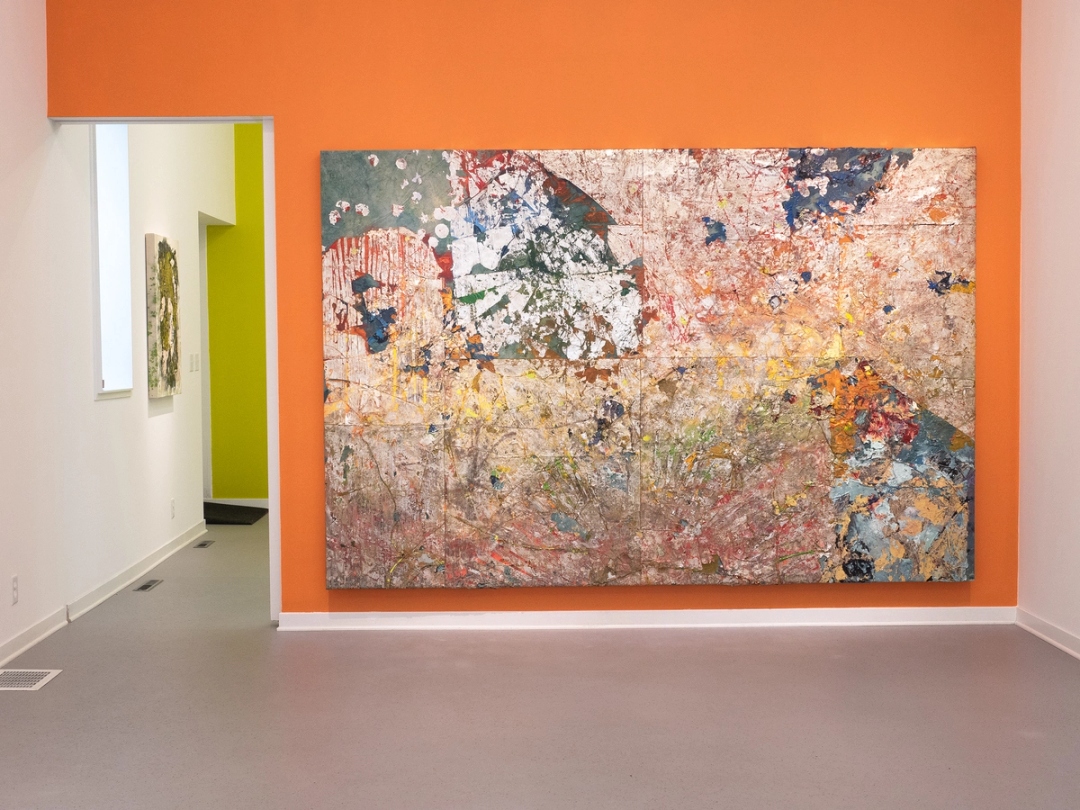
Installation view of Skinning the Mirror (Autumn 1), 2025. Acrylic paint, silver, glass on canvas. 80 x 120 in.
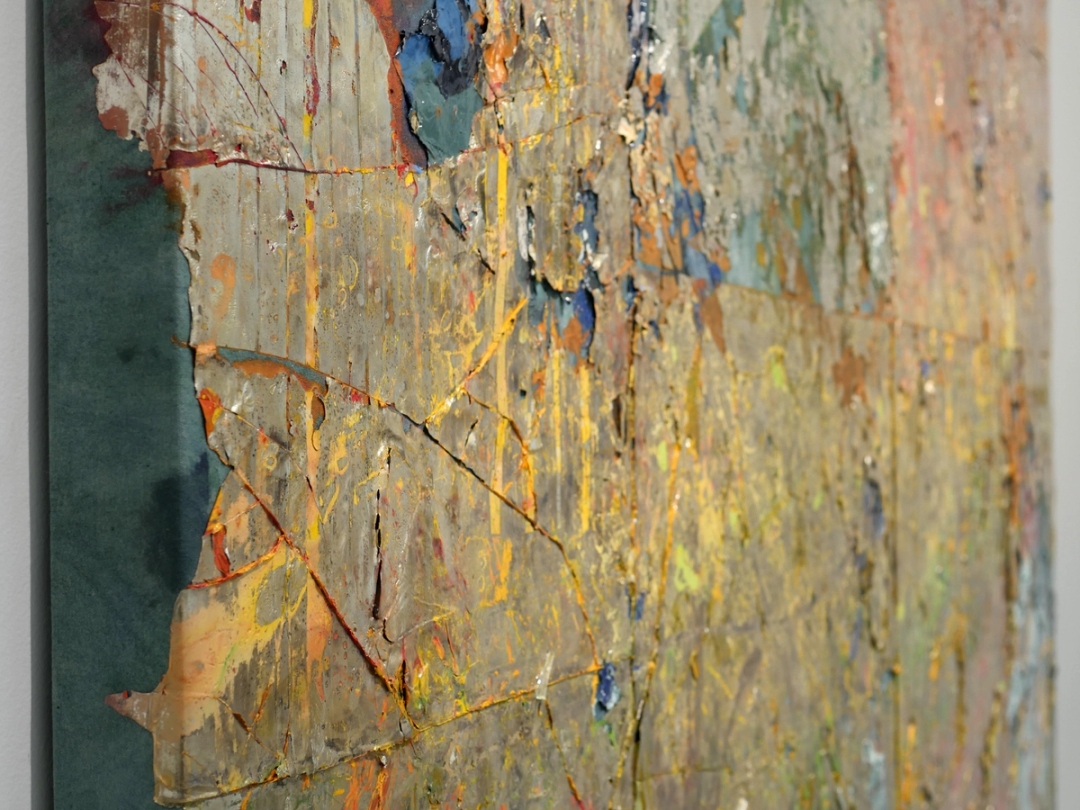
Edgar Arceneaux. Skinning the Mirror (Autumn 1), 2025 [detail].
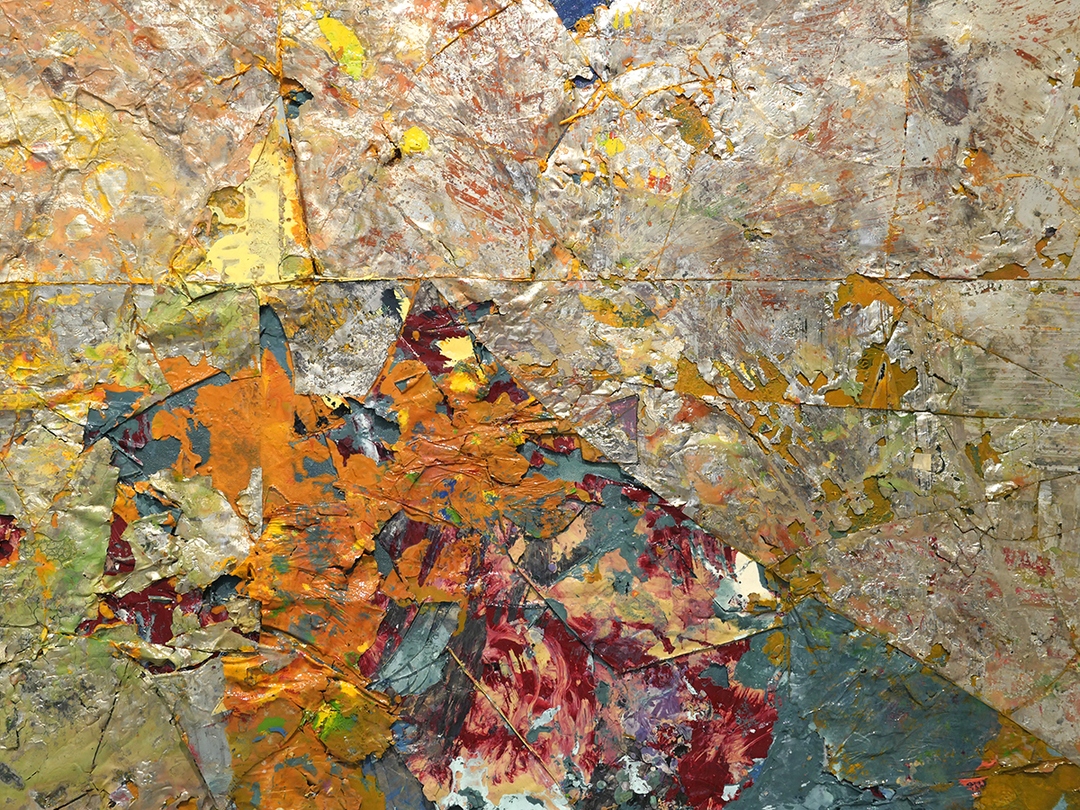
Edgar Arceneaux. Skinning the Mirror (Autumn 1), 2025 [detail].
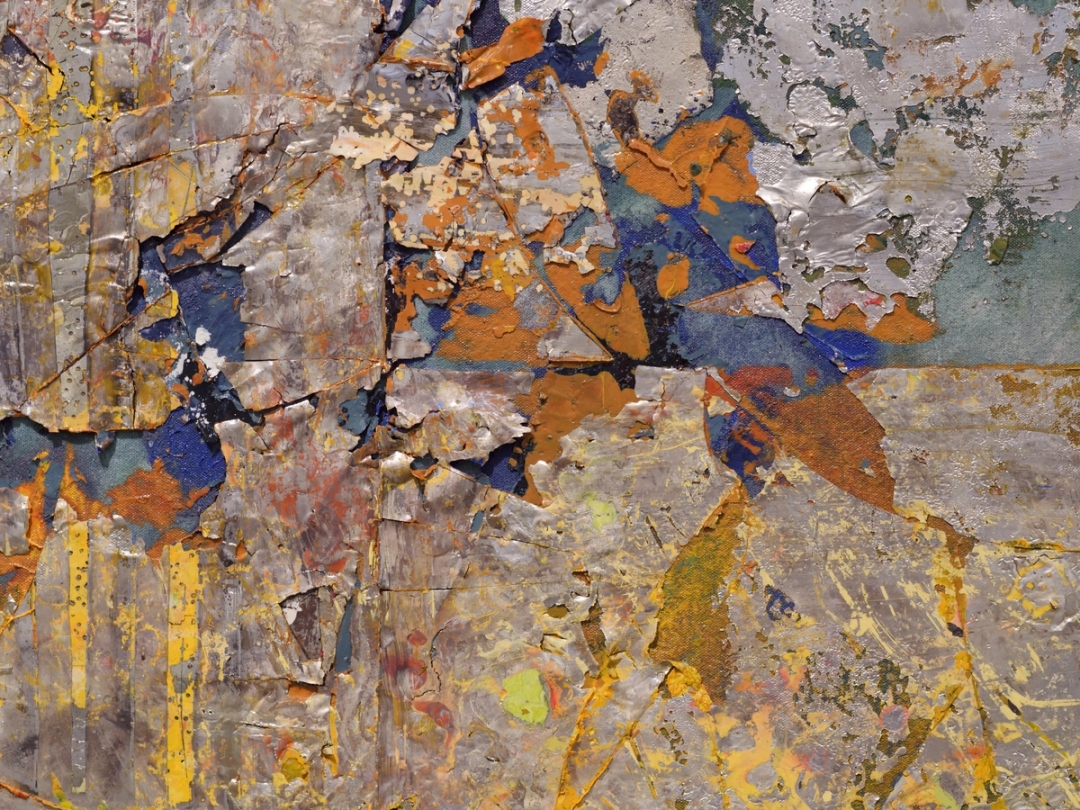
Edgar Arceneaux. Skinning the Mirror (Autumn 1), 2025 [detail].
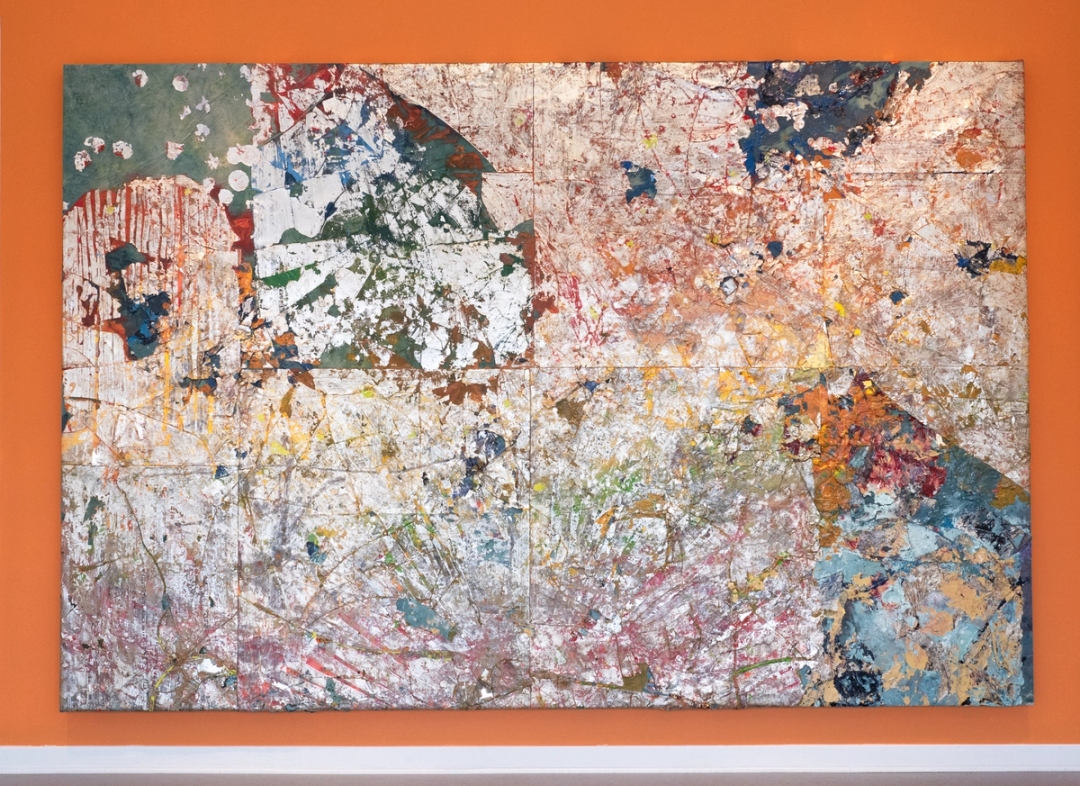
Edgar Arceneaux. Skinning the Mirror (Autumn 1), 2025. Acrylic paint, silver, glass on canvas. 80 x 120 in.

Installation view, The Fall.
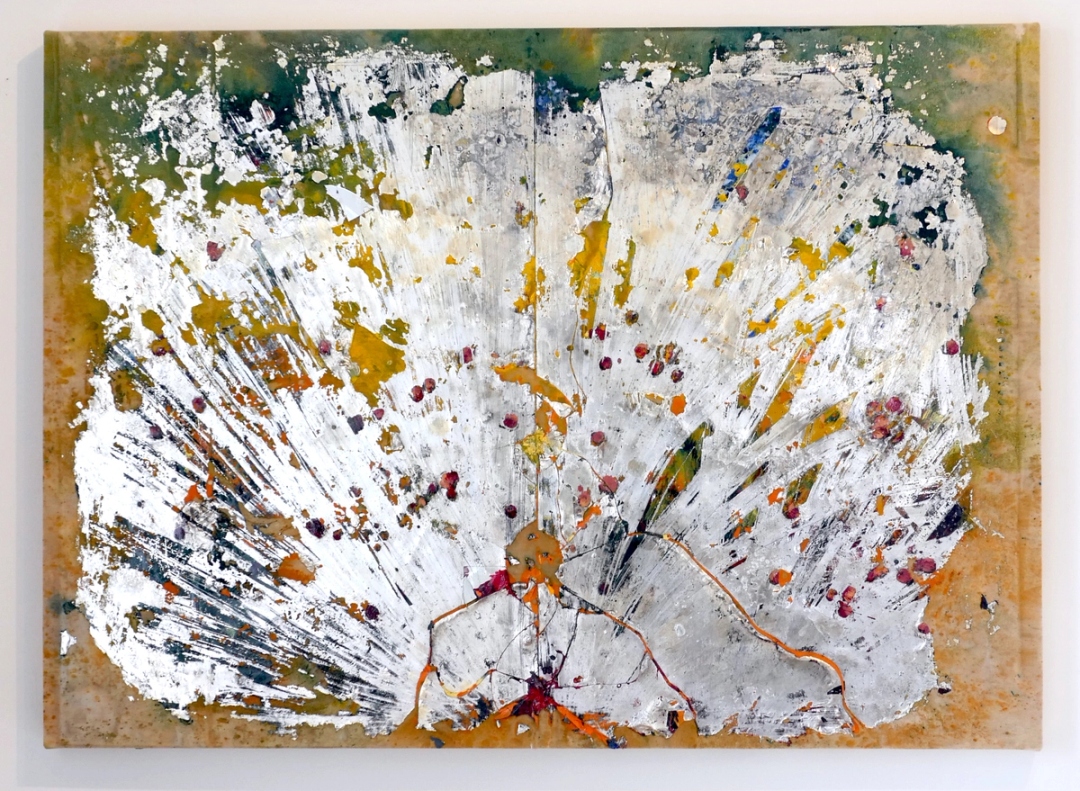
Edgar Arceneaux. Skinning the Mirror (Autumn 3), 2025. Acrylic paint, silver, glass on canvas. 36 x 50 in.
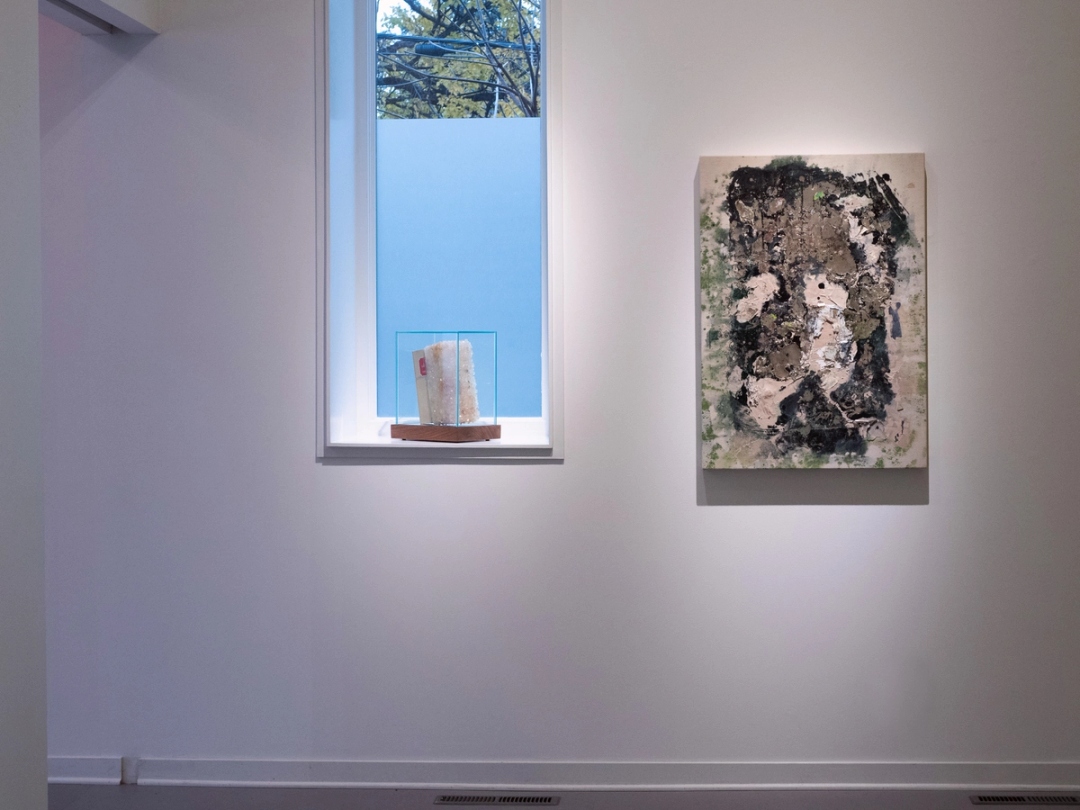
Installation view, The Fall.
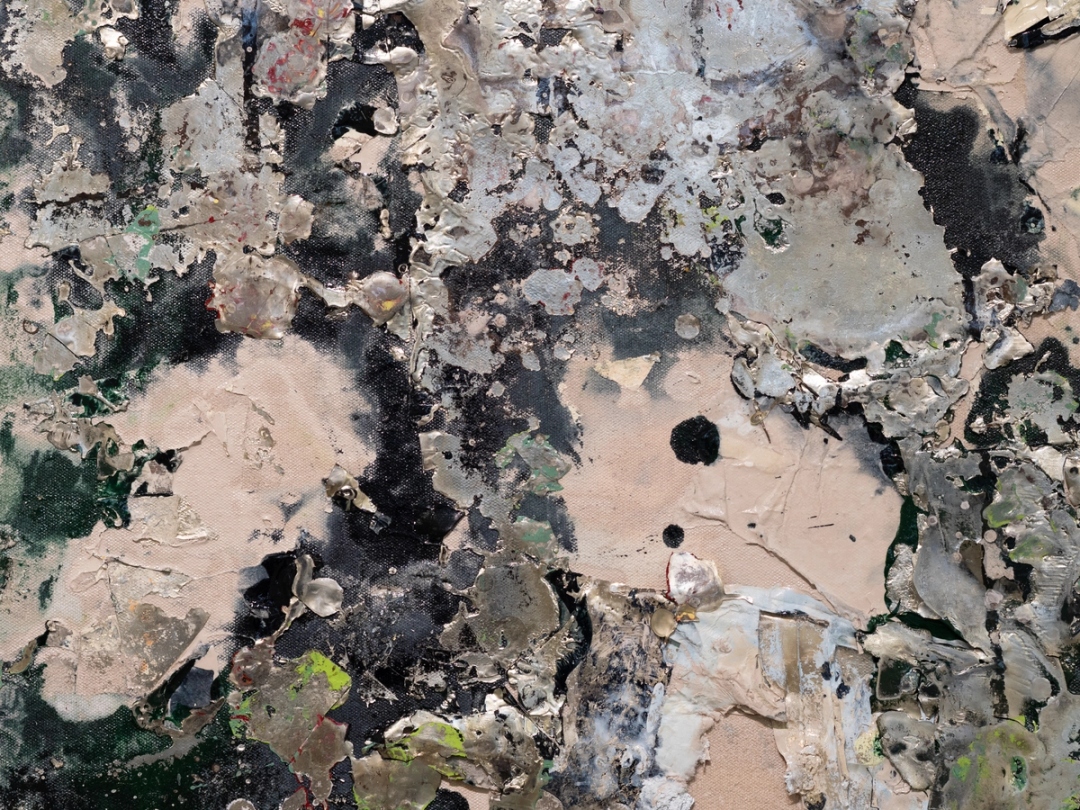
Edgar Arceneaux. Skinning the Mirror (Spring 4), 2024 [detail].
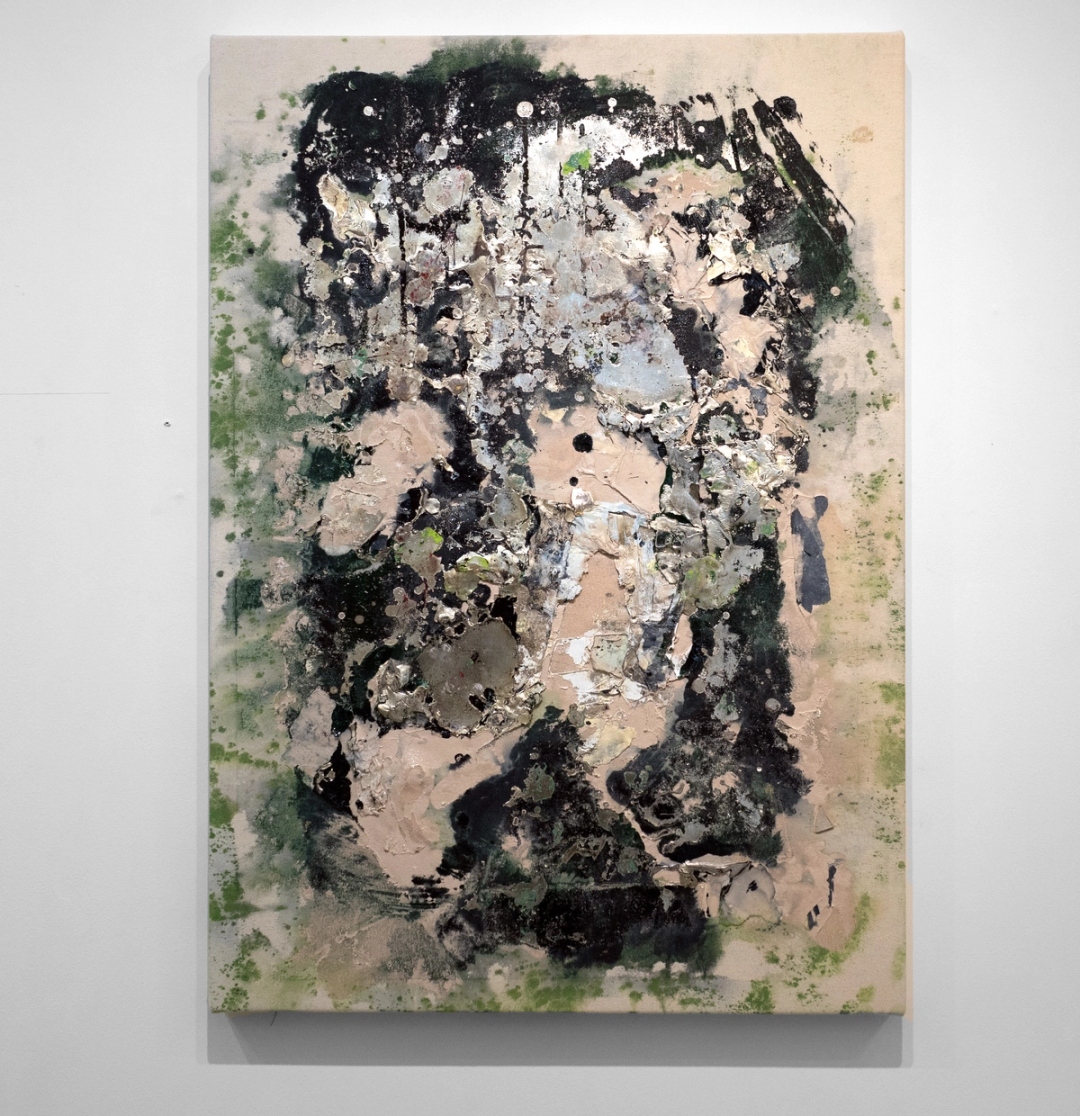
Edgar Arceneaux. Skinning the Mirror (Spring 4), 2024. Acrylic paint, silver, glass on canvas. 38 x 27 in.
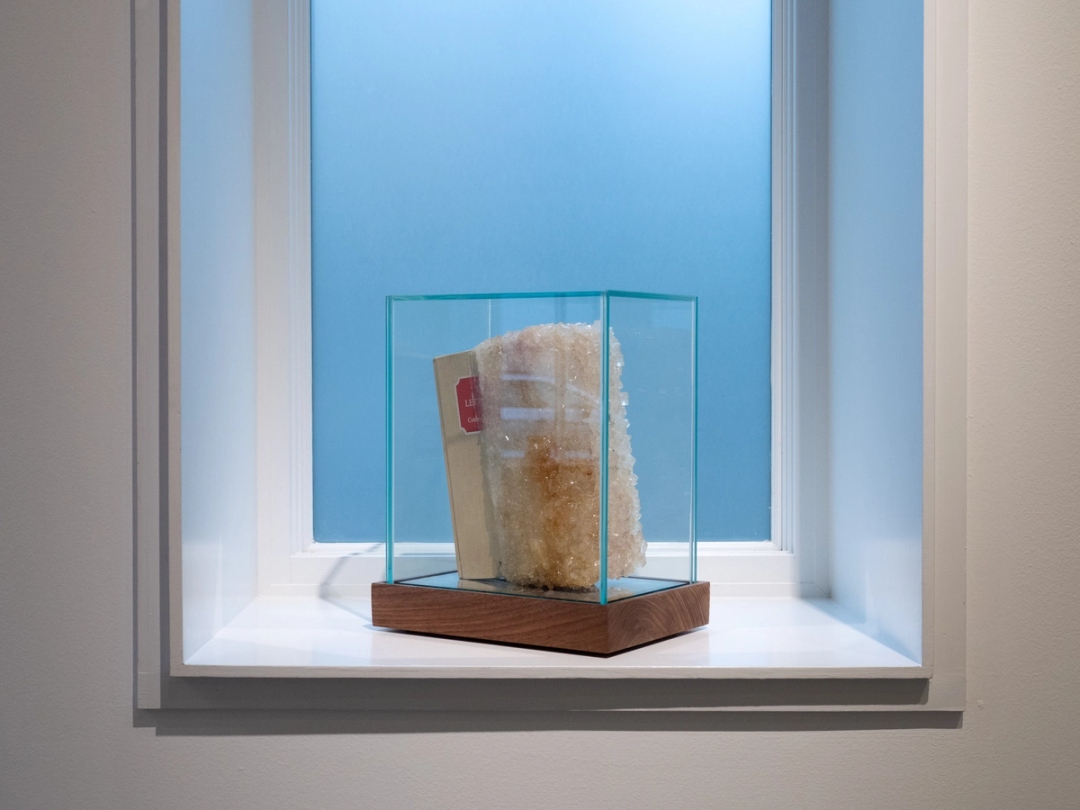
Installation view of The Law of Letters and Credit, 2019.
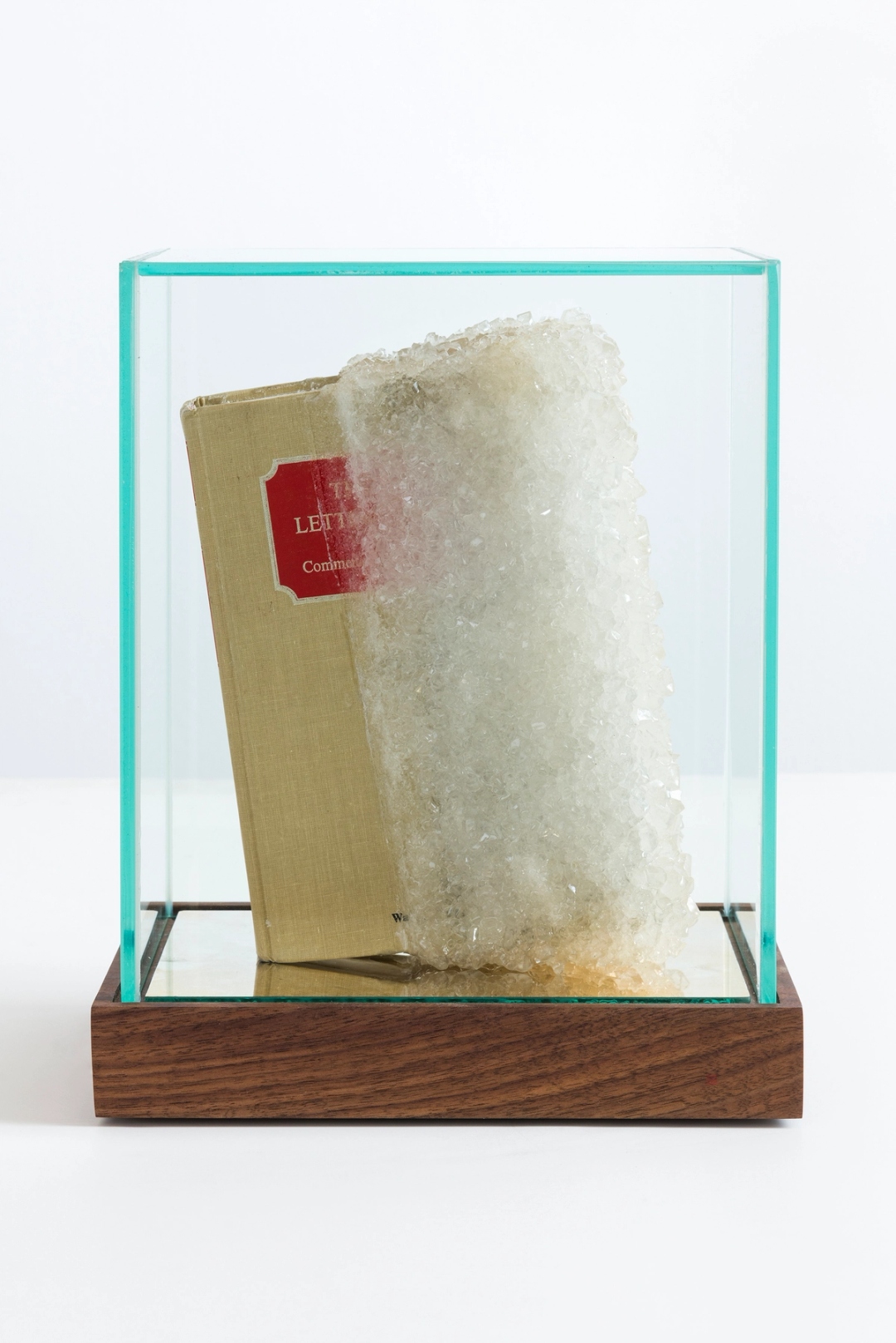
Edgar Arceneaux. The Law of Letters and Credit, 2019. Book, crystalized sugar, glass, mirror, pedestal. 13¾ x 8½ x 11½ in.
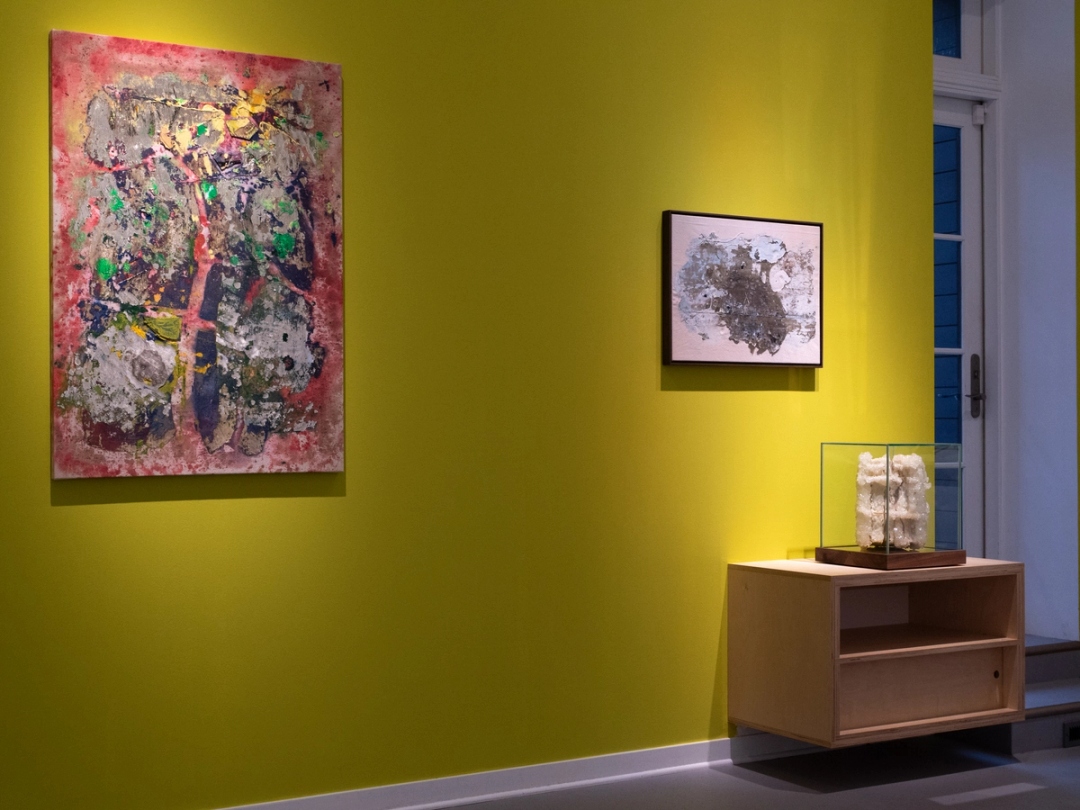
Installation view, The Fall.
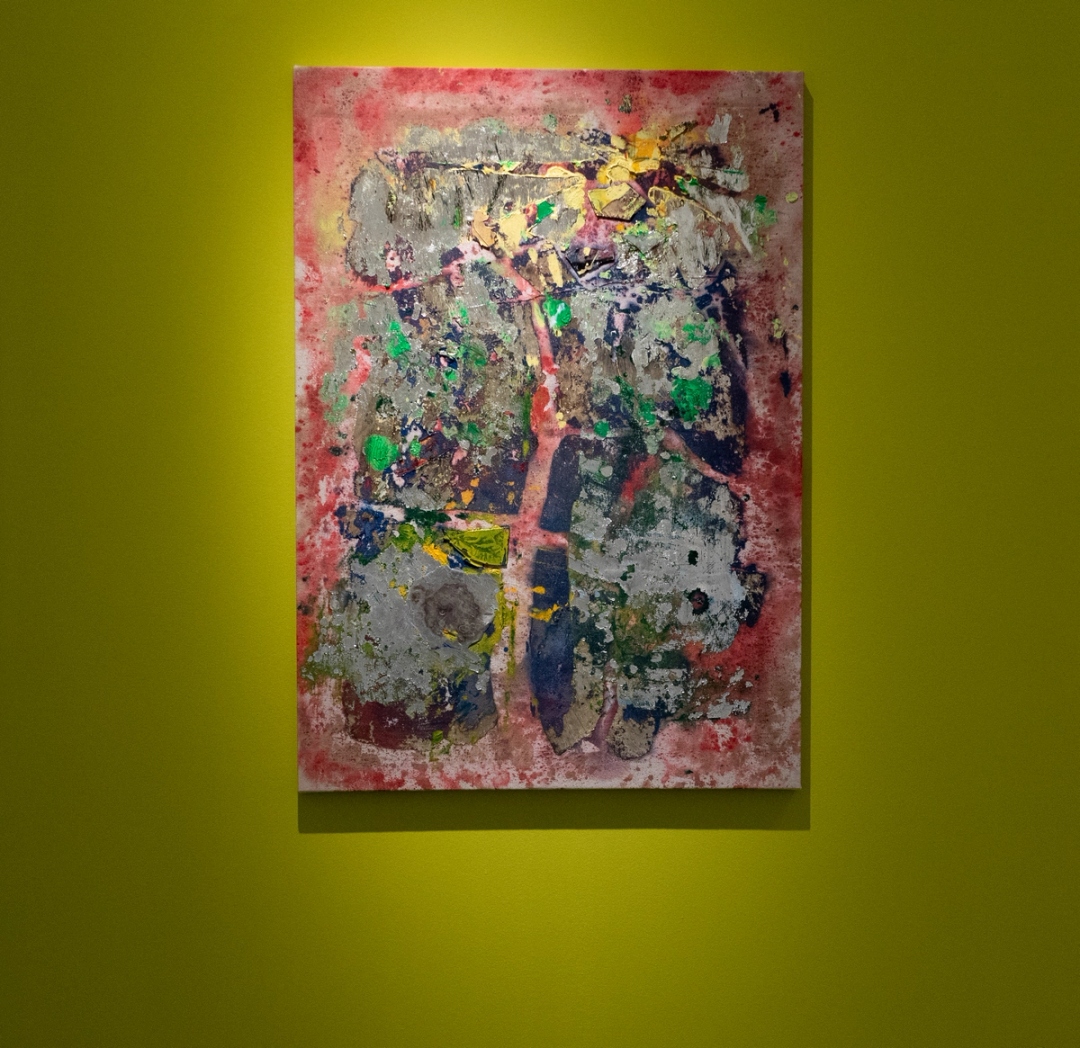
Installation view of Skinning the Mirror (Autumn 2), 2025.
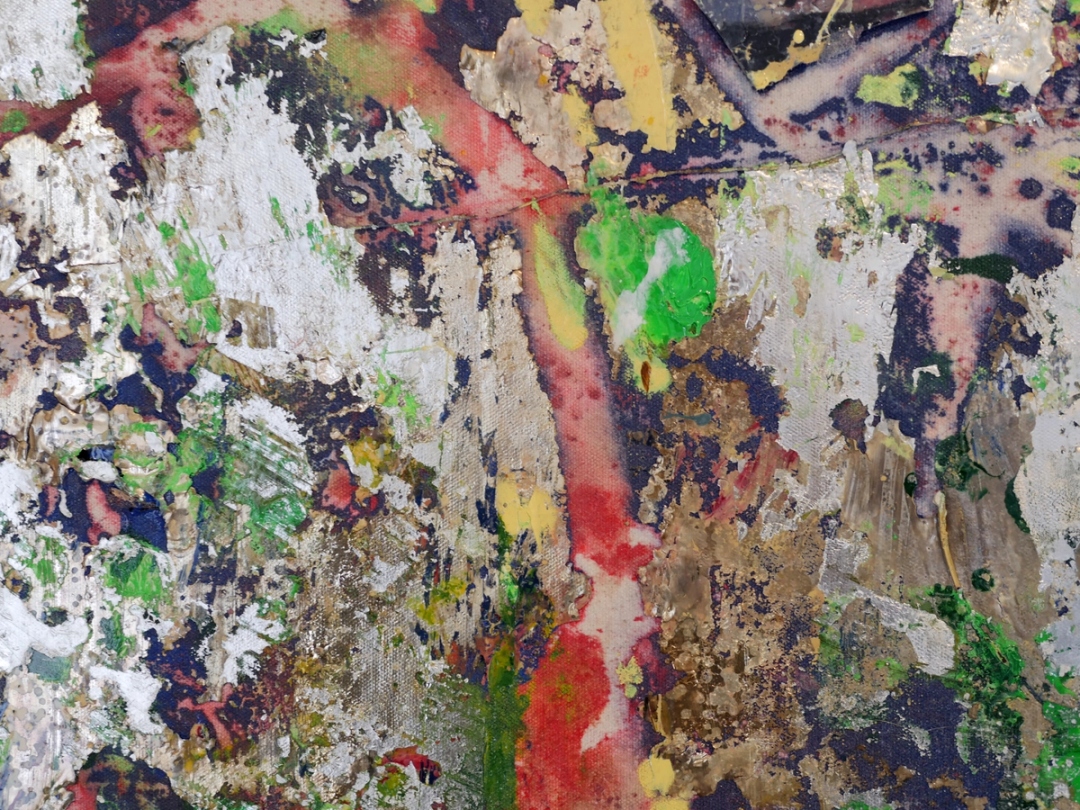
Edgar Arcenaux. Skinning the Mirror (Autumn 2), 2025 [detail].
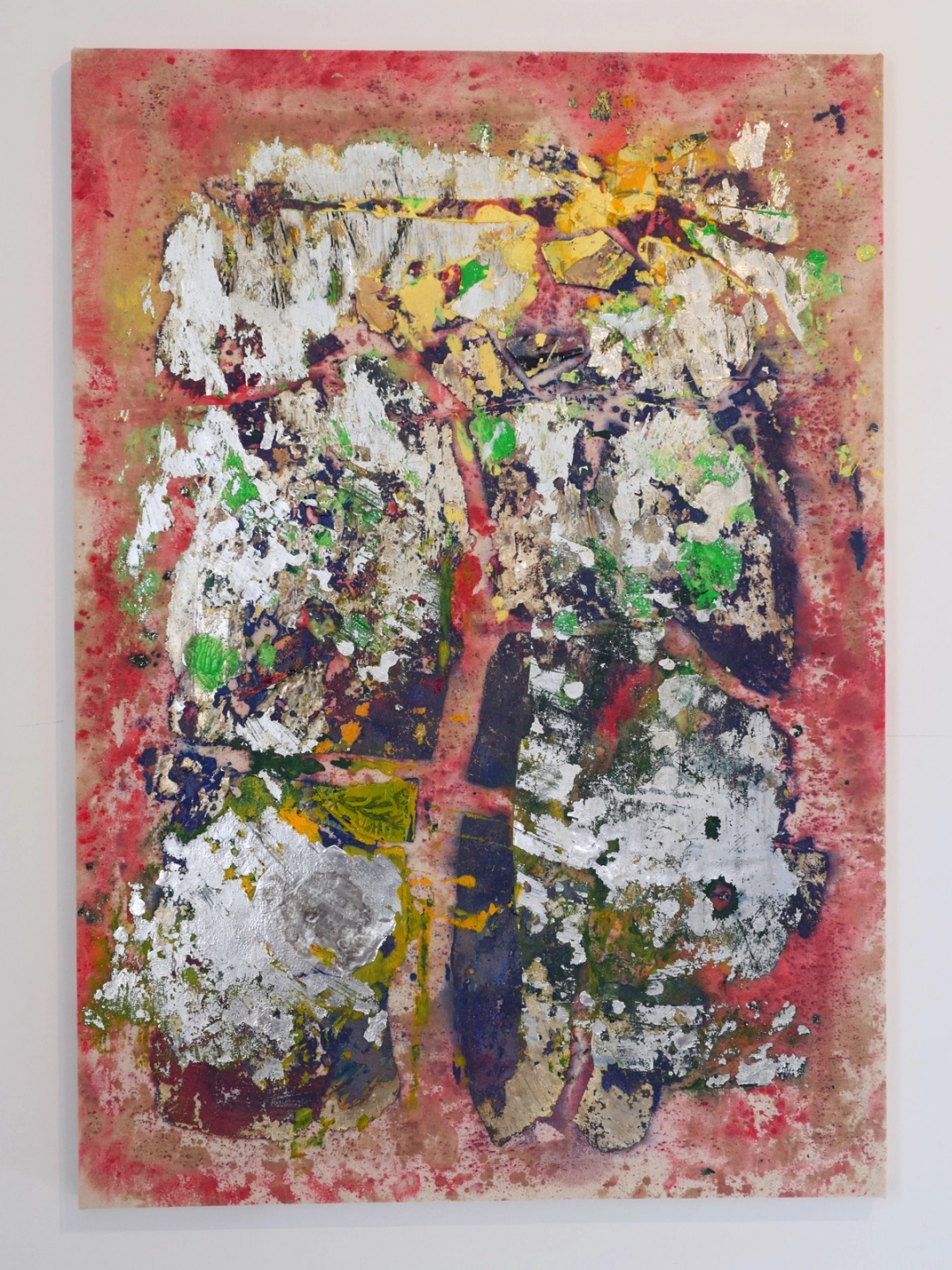
Edgar Arceneaux. Skinning the Mirror (Autumn 2), 2025. Acrylic paint, silver, glass on canvas. 44 x 31 in.
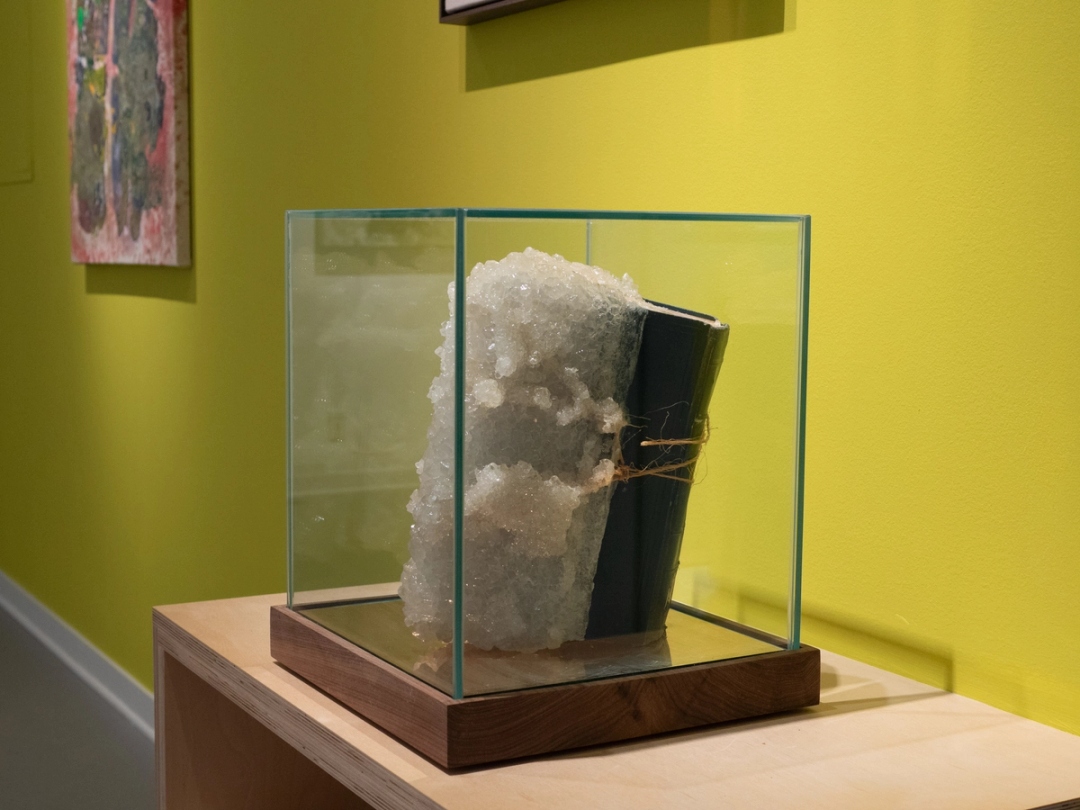
Installation view of Cases on Contracts, 2019.
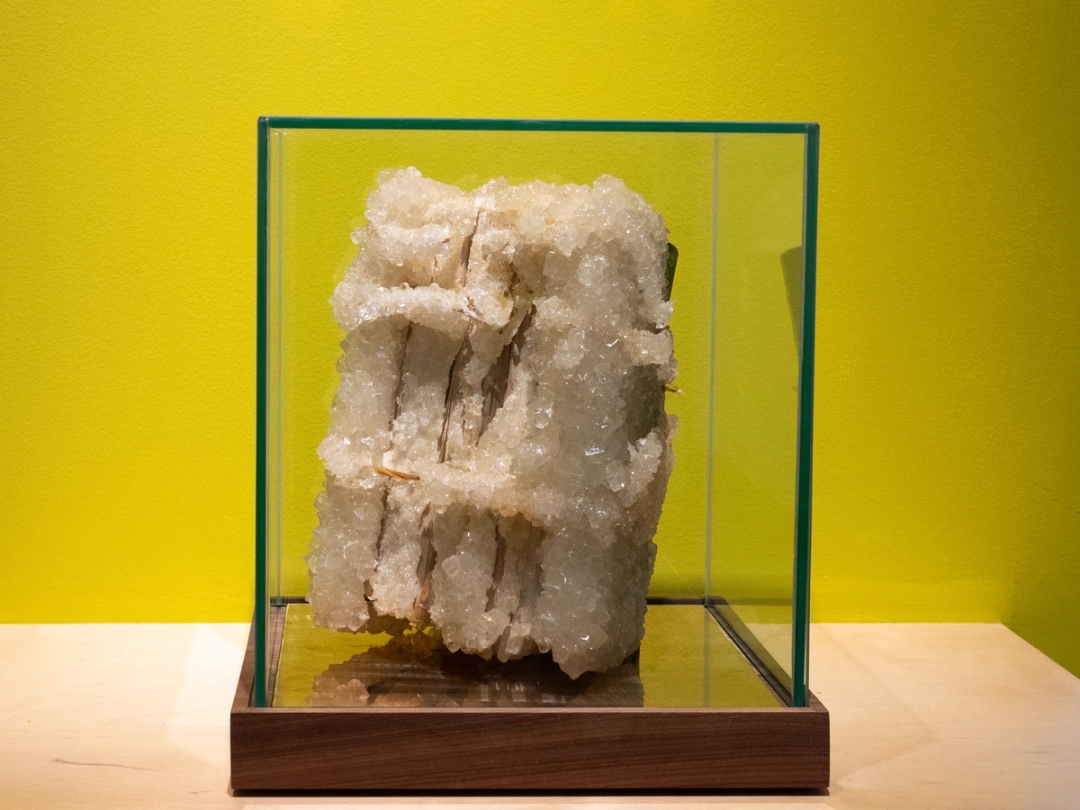
Installation view of Cases on Contracts, 2019.
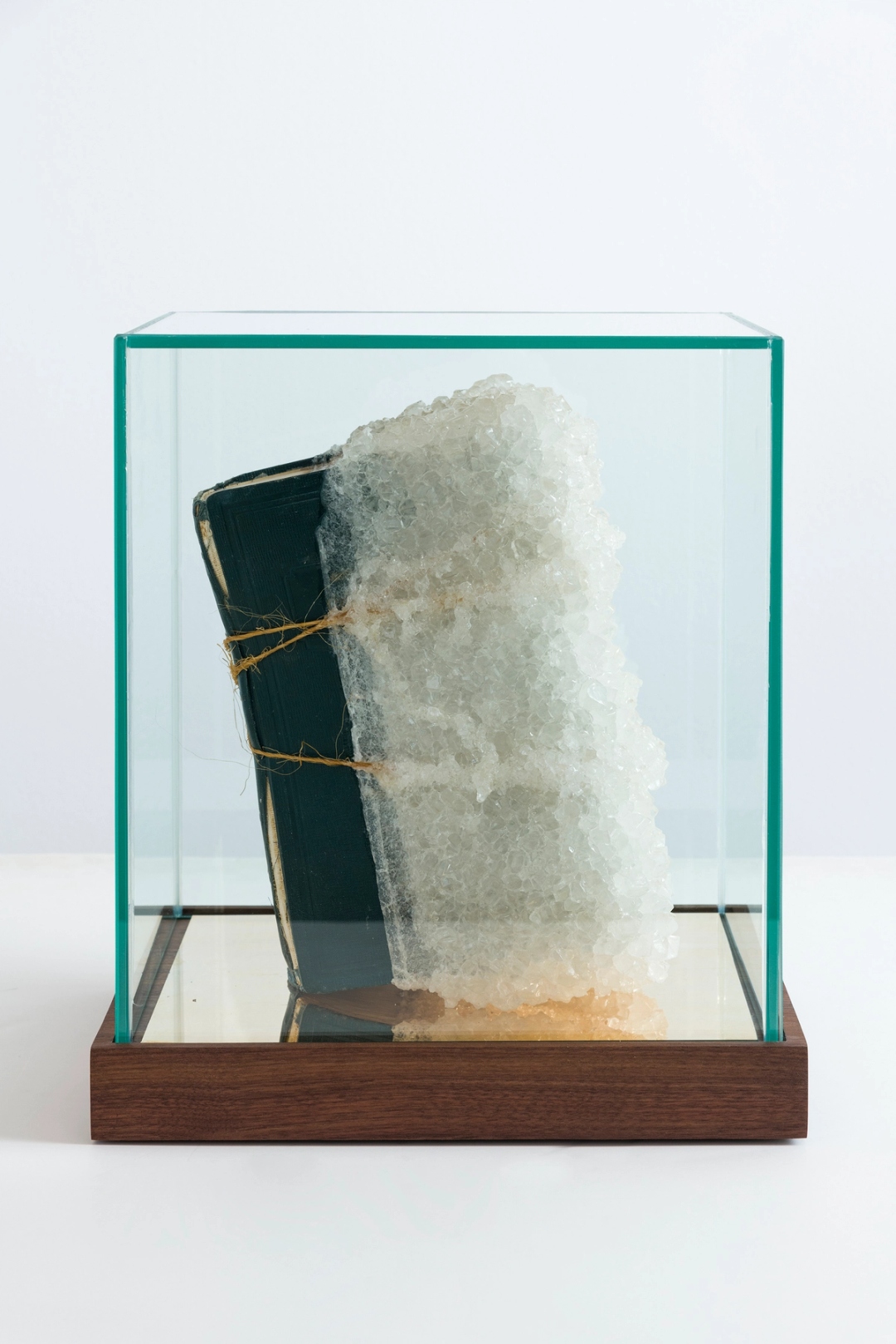
Edgar Arceneaux. Cases on Contracts, 2019. Book, crystalized sugar, glass, mirror, pedestal. 15 x 13 x 13½ in.
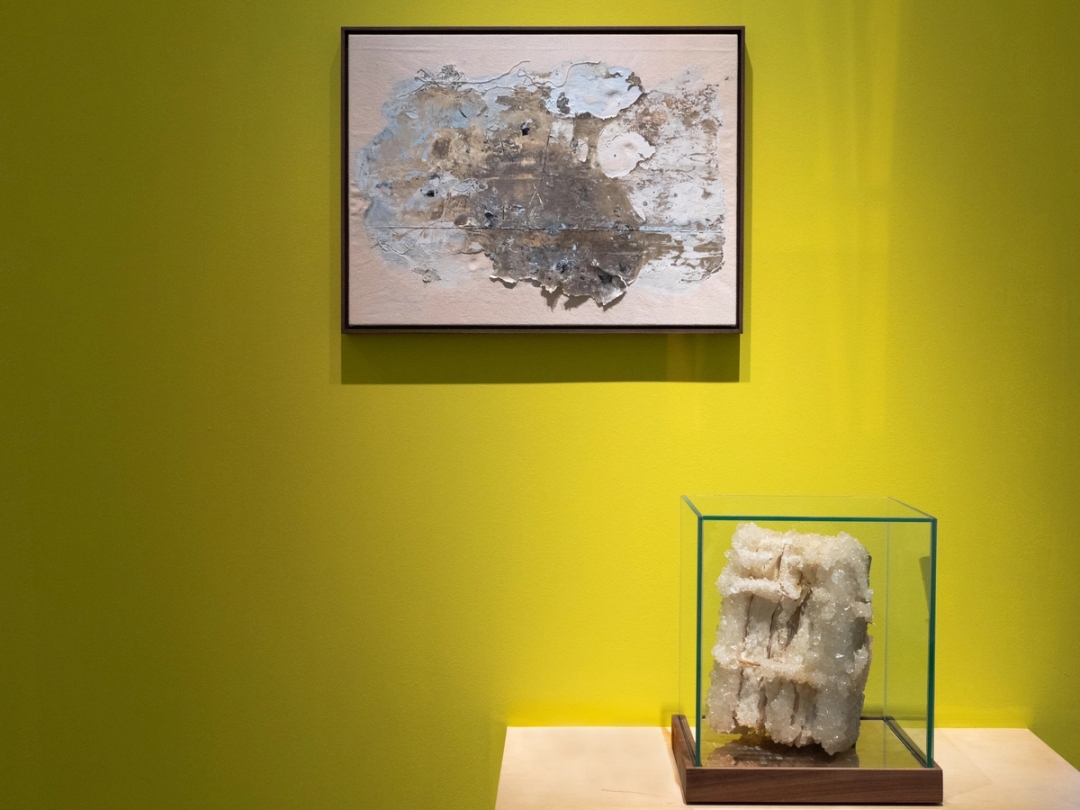
Installation view, The Fall.
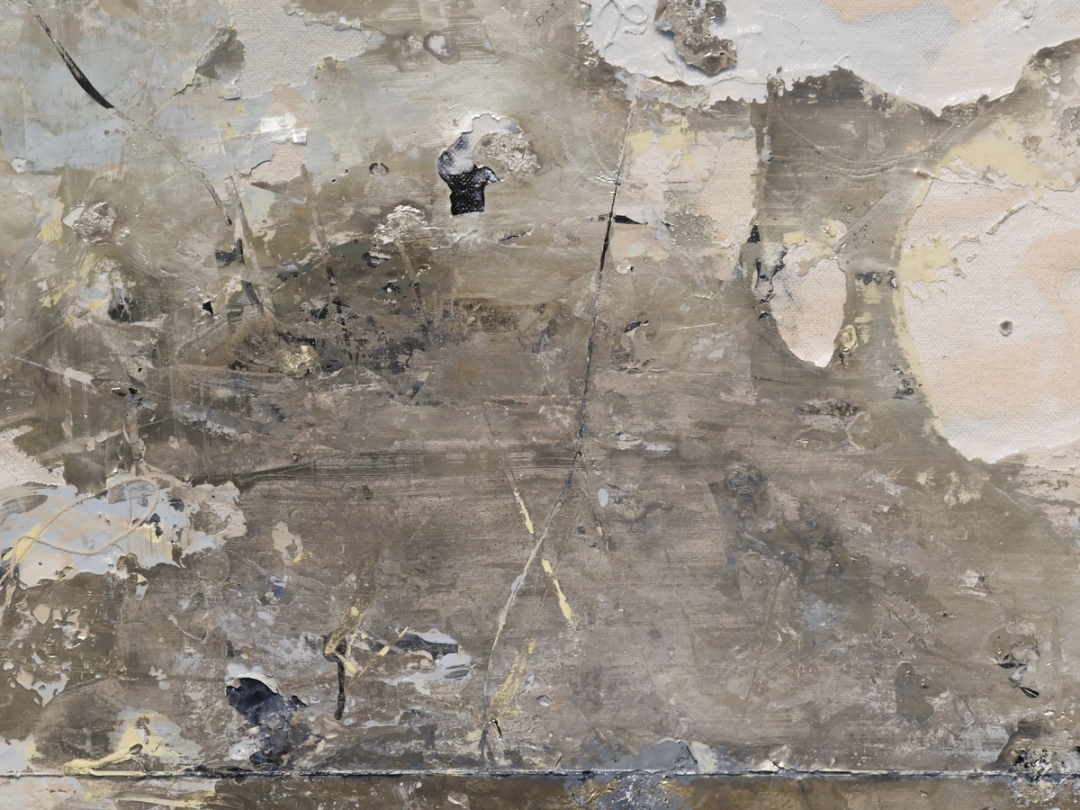
Edgar Arceneaux. Skinning the Mirror (Winter 11), 2024 [detail].
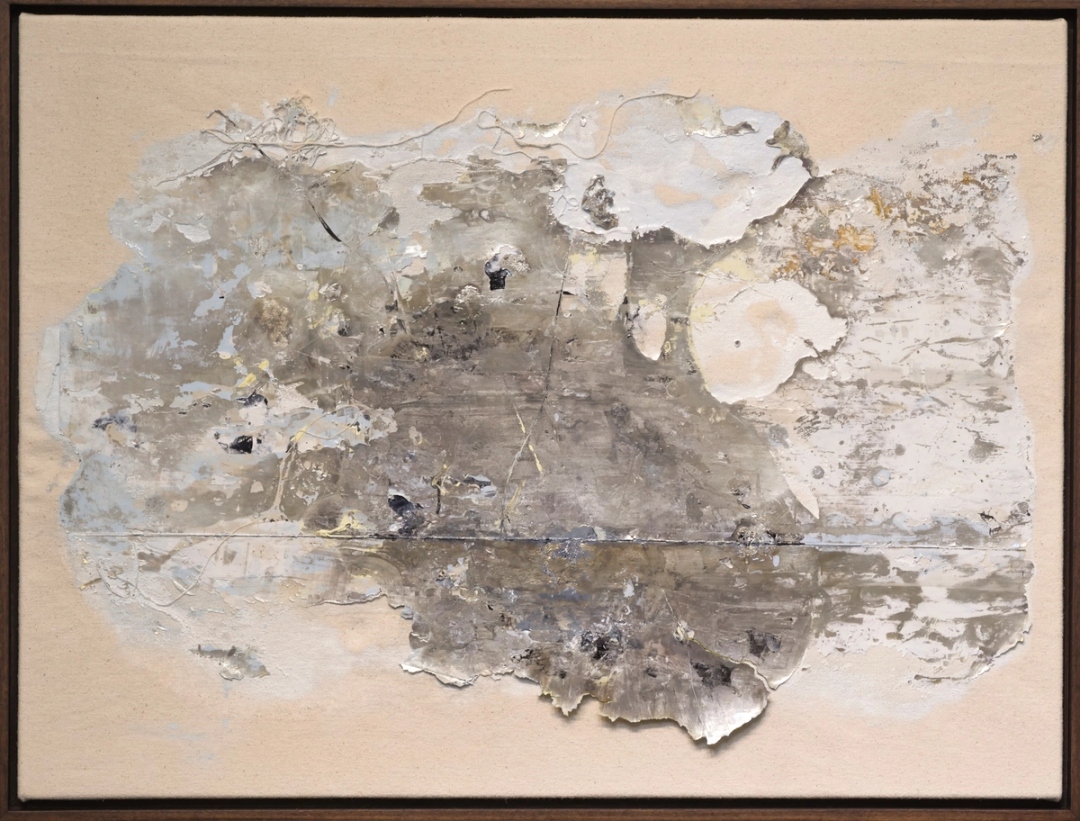
Edgar Arceneaux. Skinning the Mirror (Winter 11), 2024. Acrylic paint, silver, glass on canvas, in custom frame. 19 x 25 in.
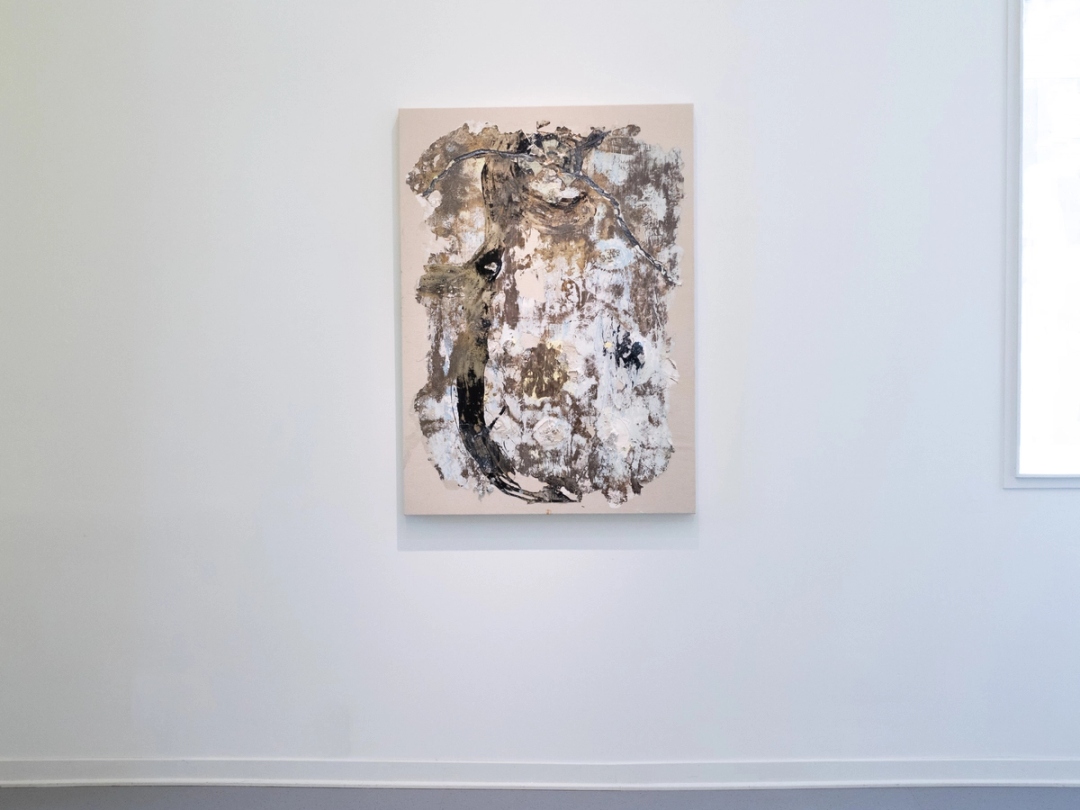
Installation view of Skinning the Mirror (Winter 4), 2024.
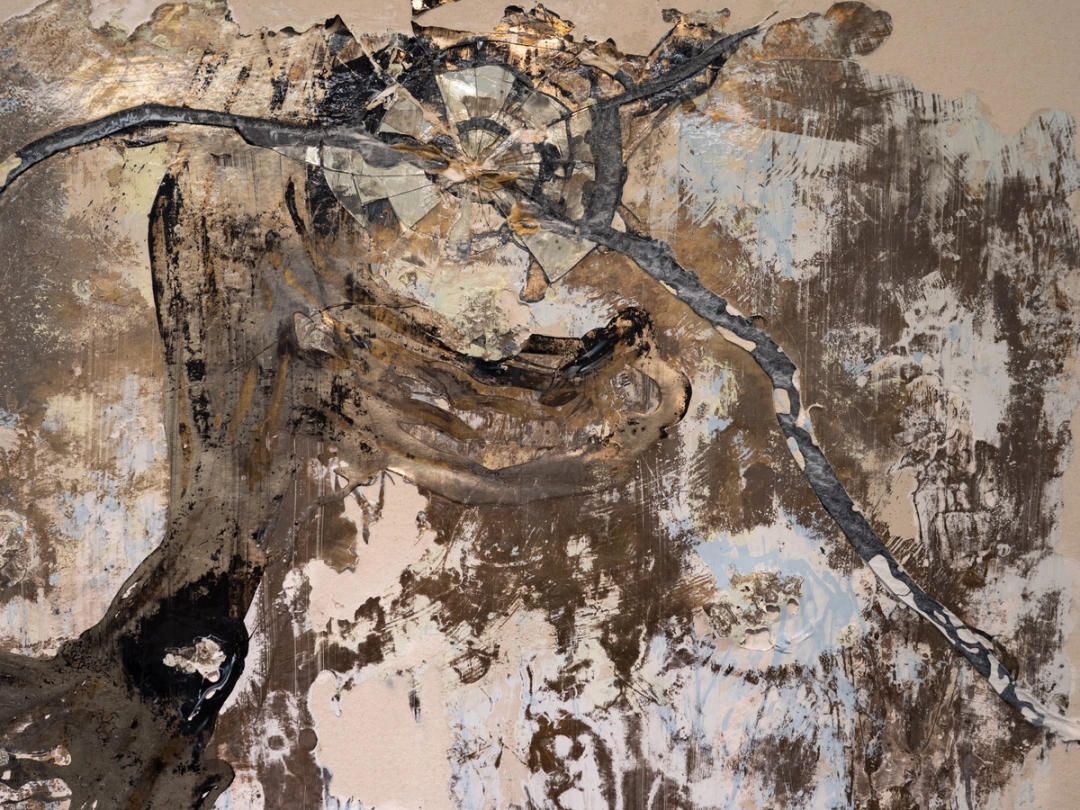
Edgar Arceneaux. Skinning the Mirror (Winter 4), 2024 [detail].
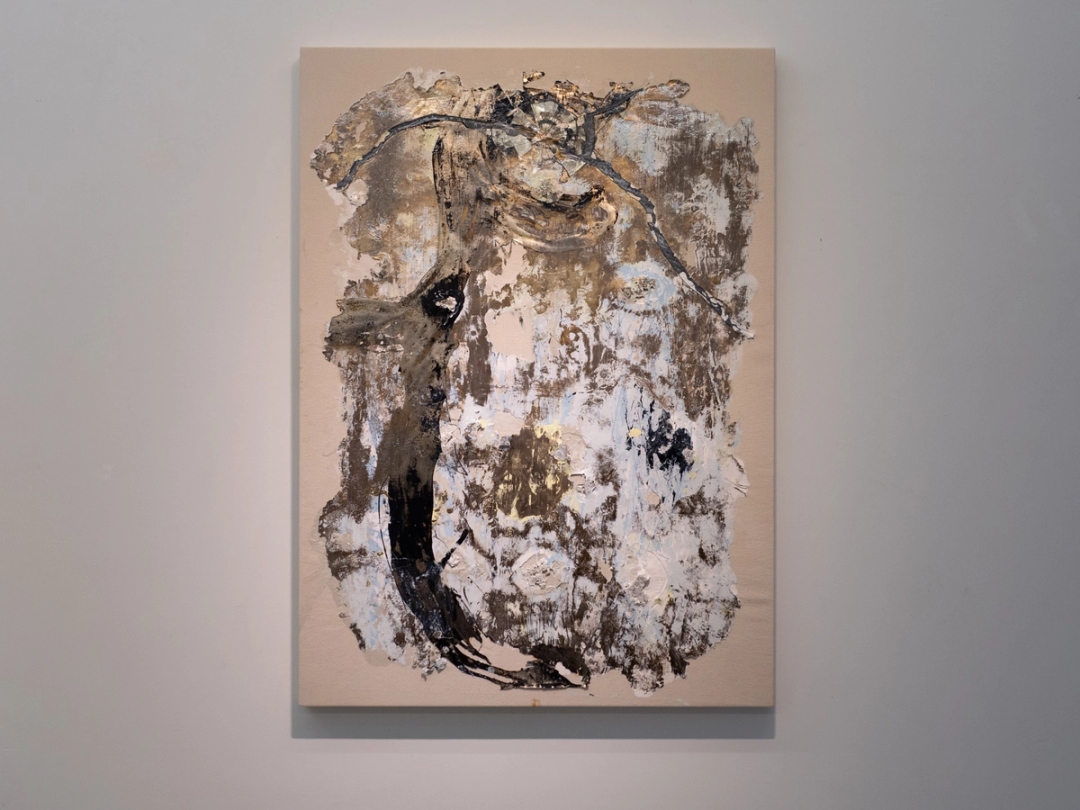
Edgar Arceneaux. Skinning the Mirror (Winter 4), 2024. Acrylic paint, silver, glass on canvas. 50 x 36 in.

Installation view, The Fall.
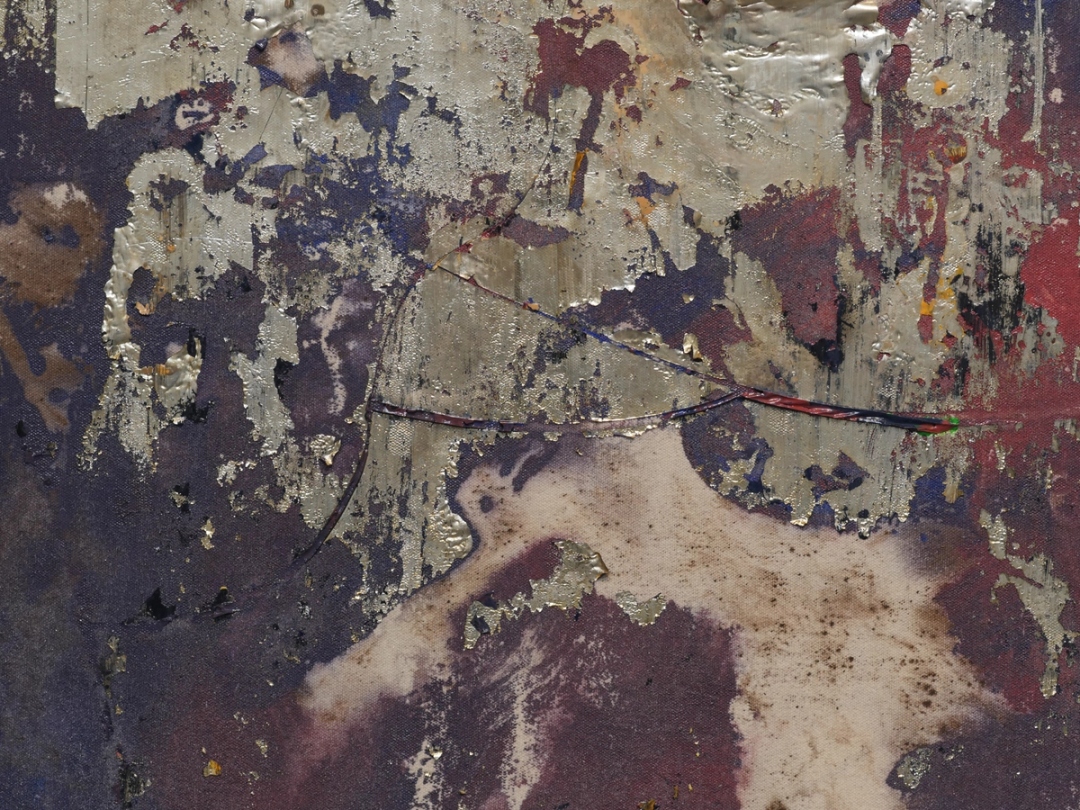
Edgar Arceneaux. Skinning the Mirror (Summer 3), 2025 [detail].
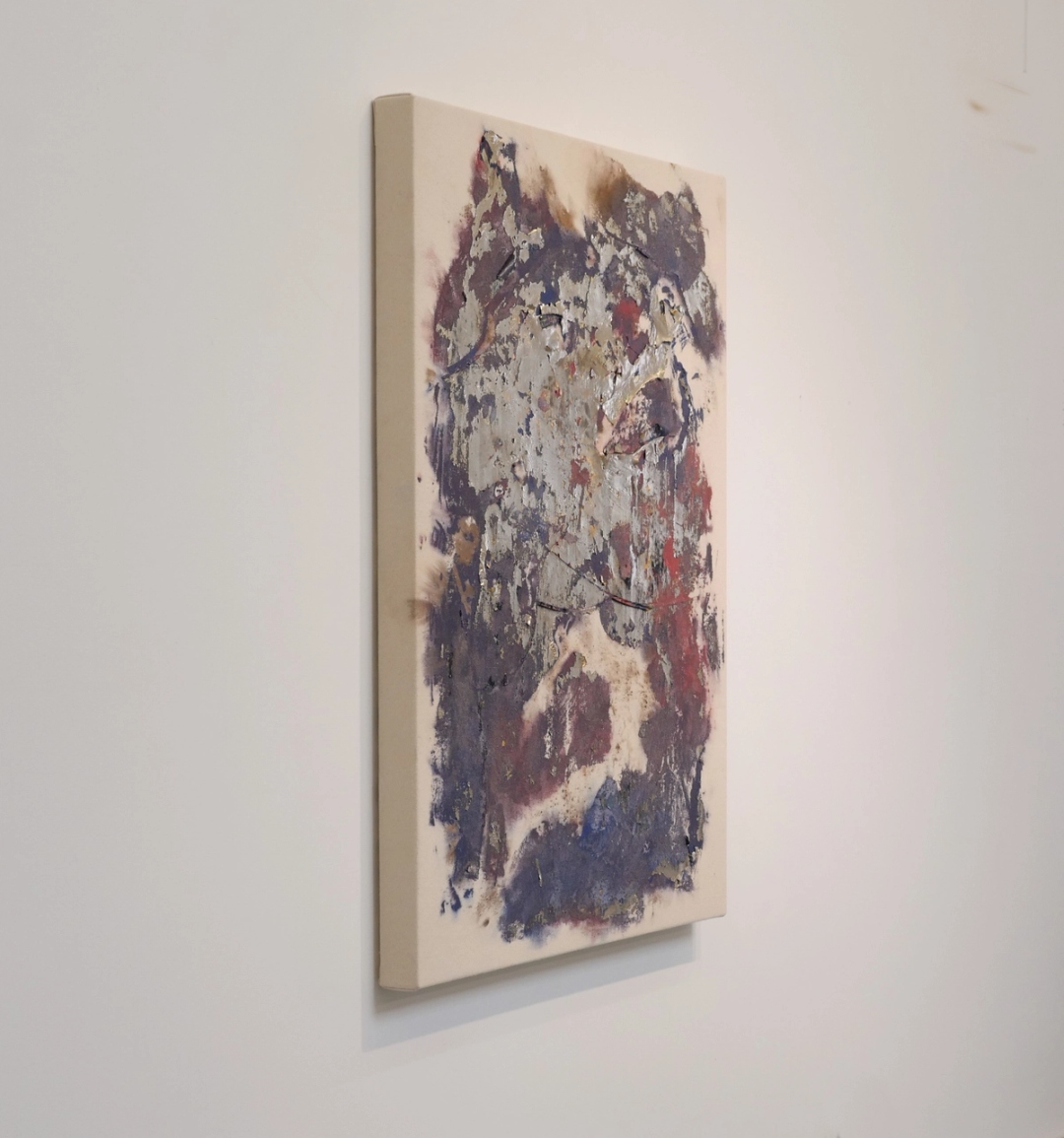
Installation view, Skinning the Mirror (Summer 3), 2025.
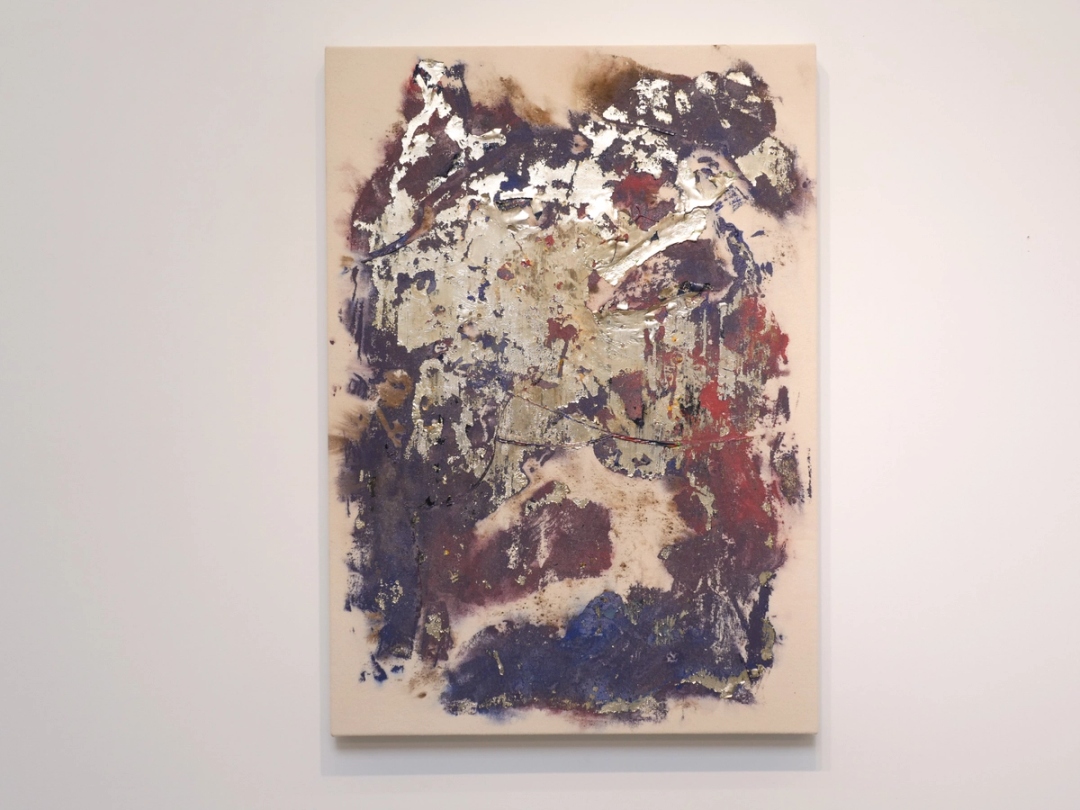
Edgar Arceneaux. Skinning the Mirror (Summer 3), 2025. Acrylic paint, silver, glass on canvas. 38 x 27 in.
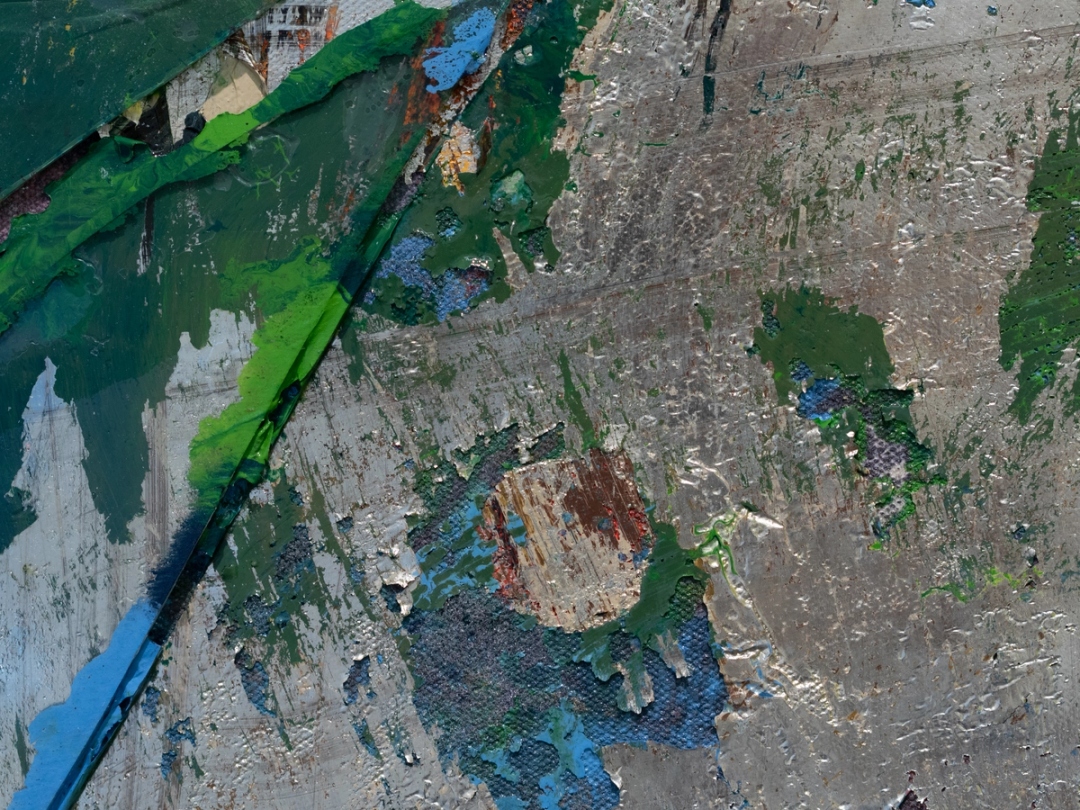
Edgar Arceneaux. Skinning the Mirror (Autumn 4), 2025 [detail].
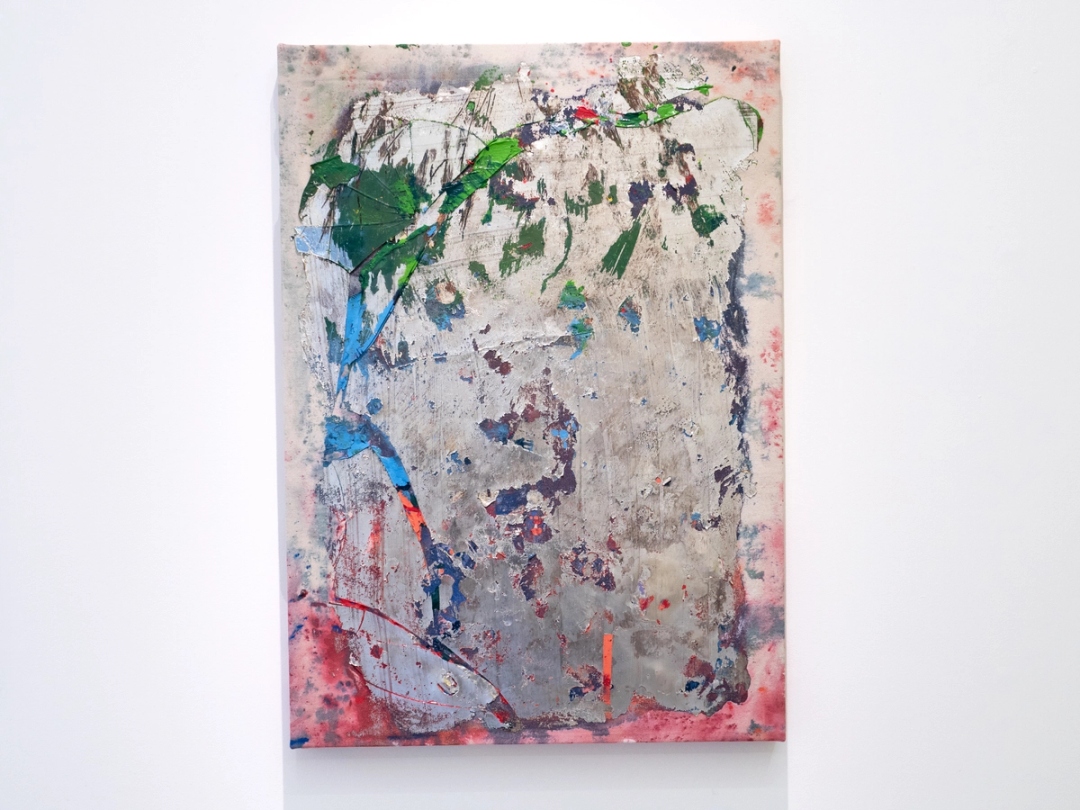
Edgar Arceneaux. Skinning the Mirror (Autumn 4), 2025. Acrylic paint, silver, glass on canvas. 38 x 27 in.
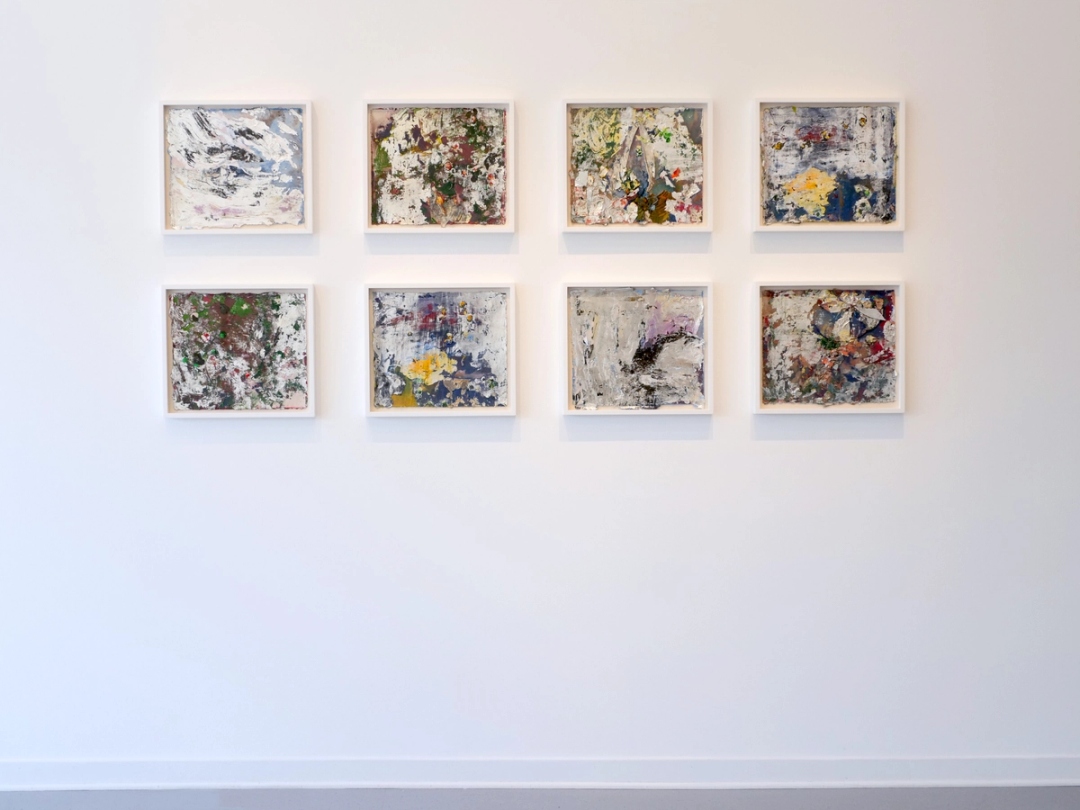
Installation view of The Fall, featuring the Cohesion Sketches.

Edgar Arceneaux. Cohesion Sketch (Winter Snow Melting Way Too Soon #2), 2025. Acrylic paint, silver, glass on canvas, in custom frame. 15¼ x 17¼ in.
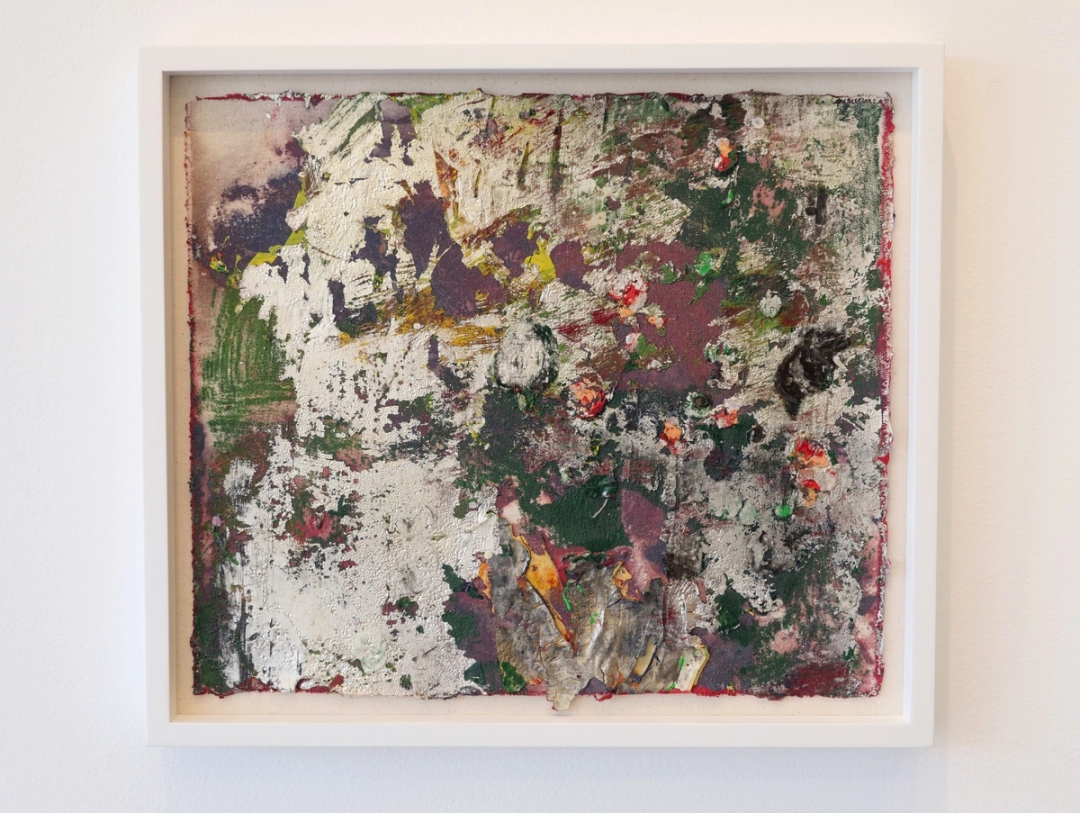
Edgar Arceneaux. Cohesion Sketch (First Buds of Spring From Cold Earth #3), 2025. Acrylic paint, silver, glass on canvas, in custom frame. 15¼ x 17¼ in.
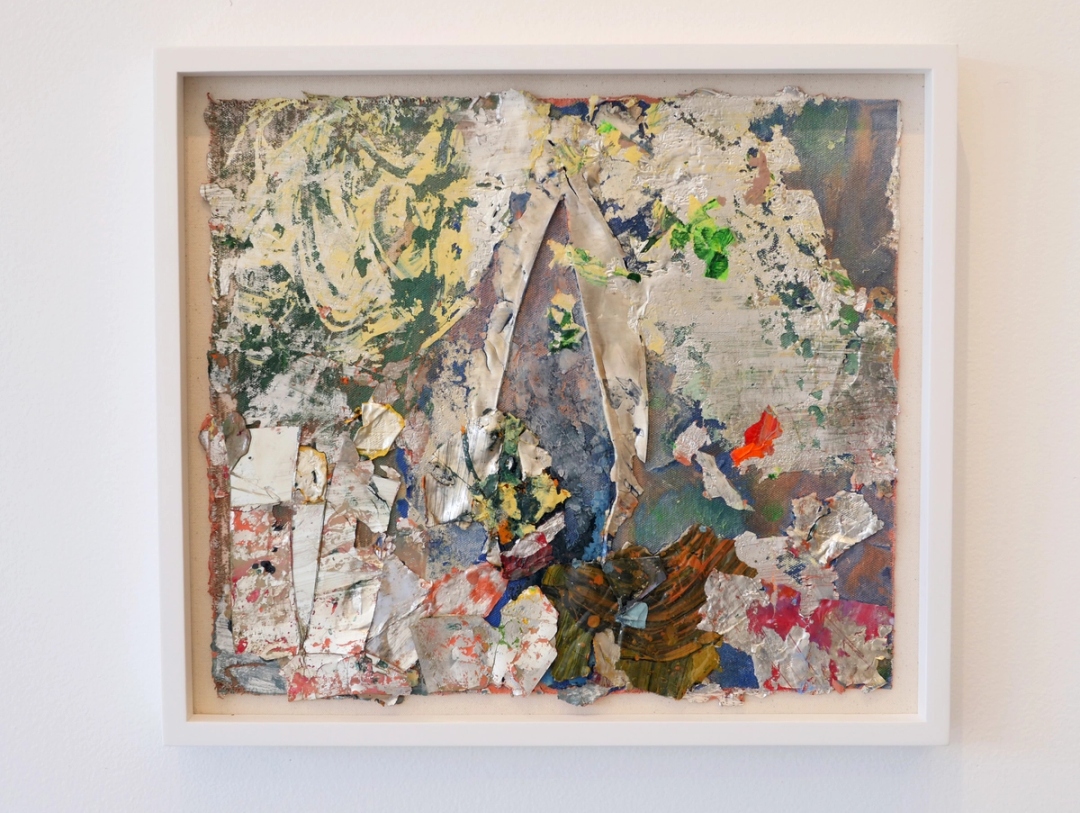
Edgar Arceneaux. Cohesion Sketch (The Fall #2), 2025. Acrylic paint, silver, glass on canvas, in custom frame. 15¼ x 17¼ in.
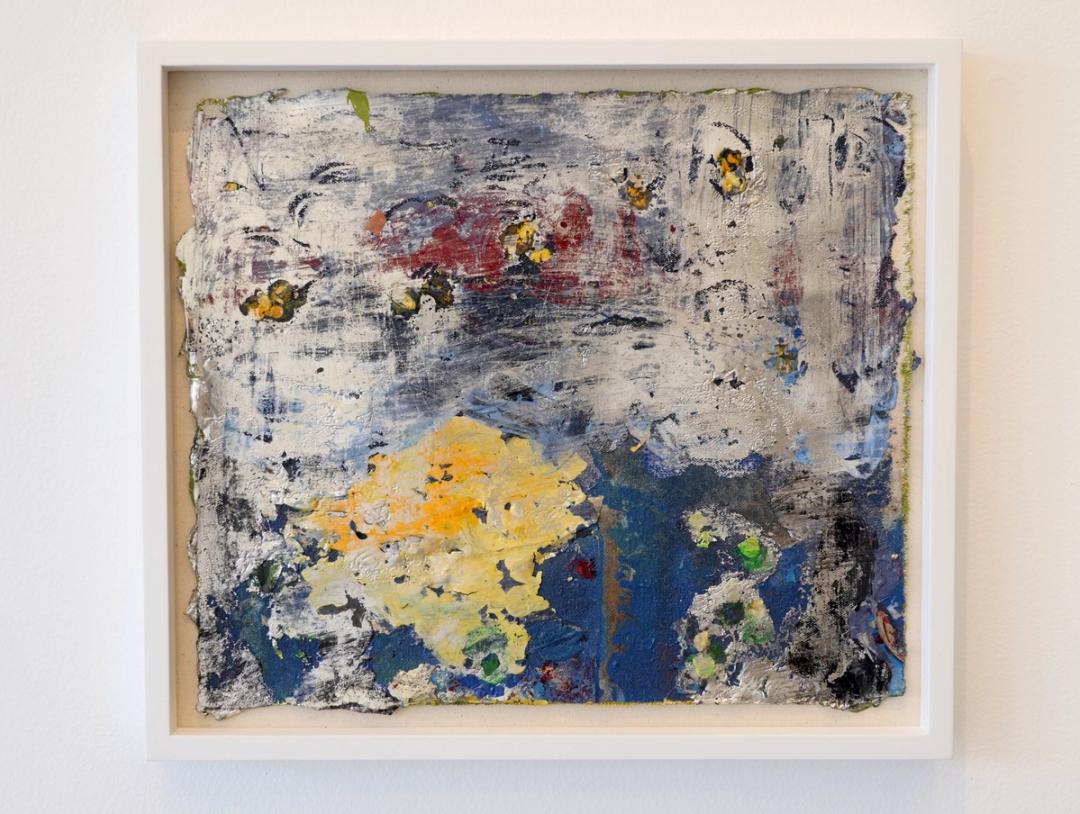
Edgar Arceneaux. Cohesion Sketch (Hot Humid Summer Nights #3), 2025. Acrylic paint, silver, glass on canvas, in custom frame. 15¼ x 17¼ in.
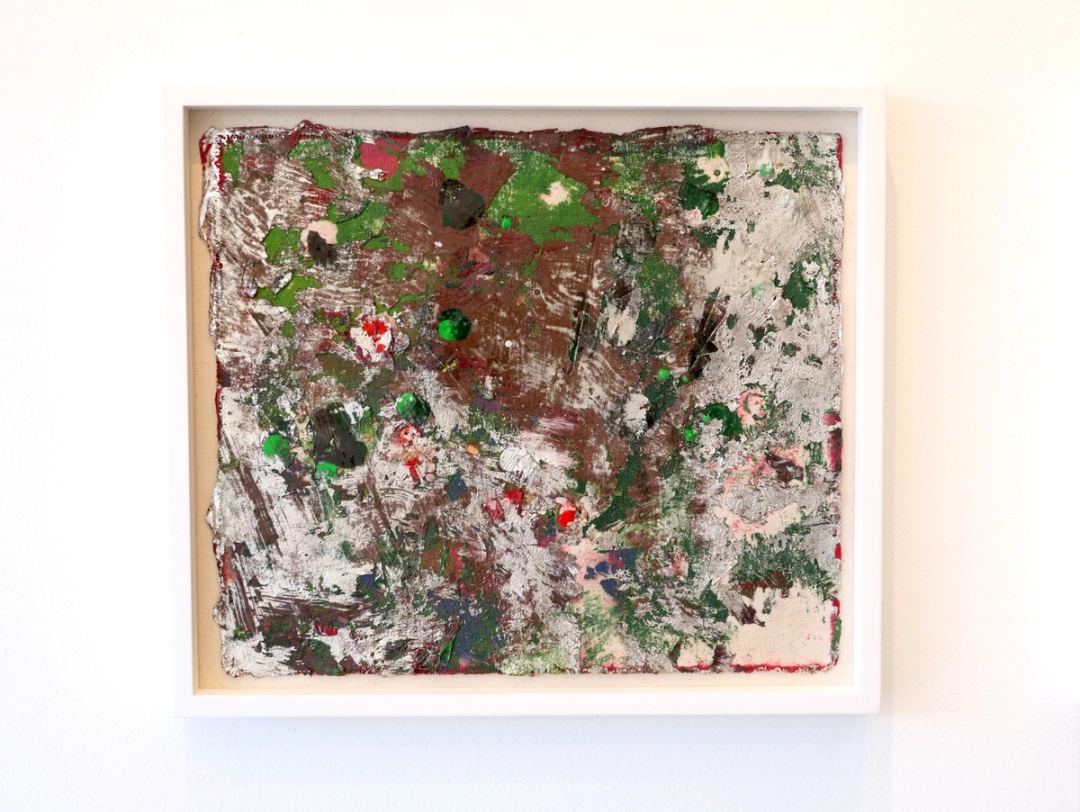
Edgar Arceneaux. Cohesion Sketch (First Buds of Spring From Cold Earth #2), 2025. Acrylic paint, silver, glass on canvas, in custom frame. 15¼ x 17¼ in.
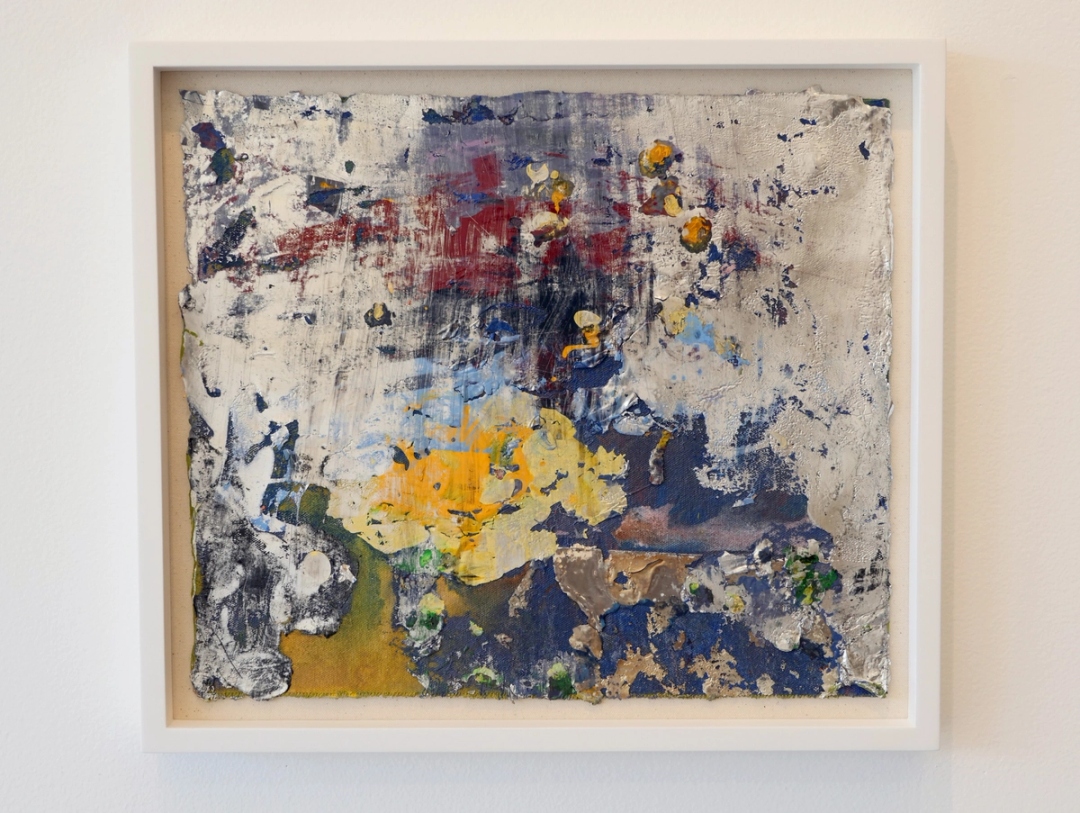
Edgar Arceneaux. Cohesion Sketch (Hot Humid Summer Nights #2), 2025. Acrylic paint, silver, glass on canvas. 15¼ x 17¼ in.
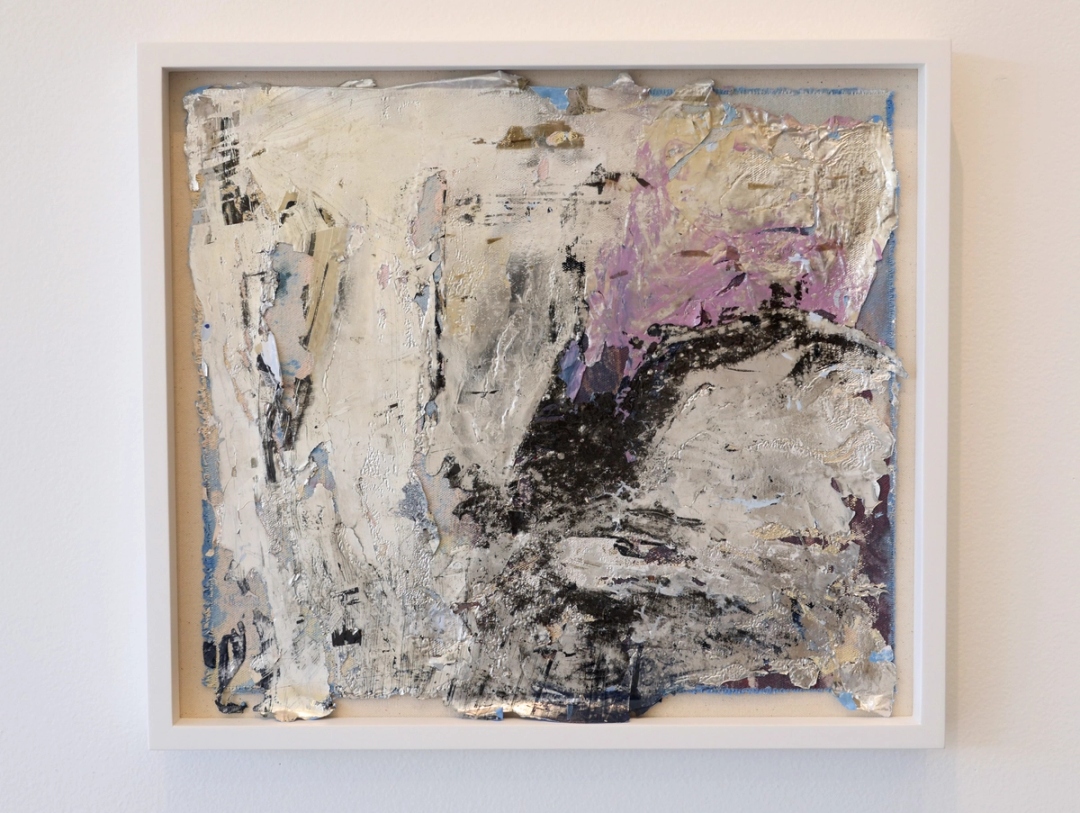
Edgar Arceneaux. Cohesion Sketch (Winter Snow Melting Way Too Soon #3), 2025. Acrylic paint, silver, glass on canvas, in custom frame. 15¼ x 17¼ in.
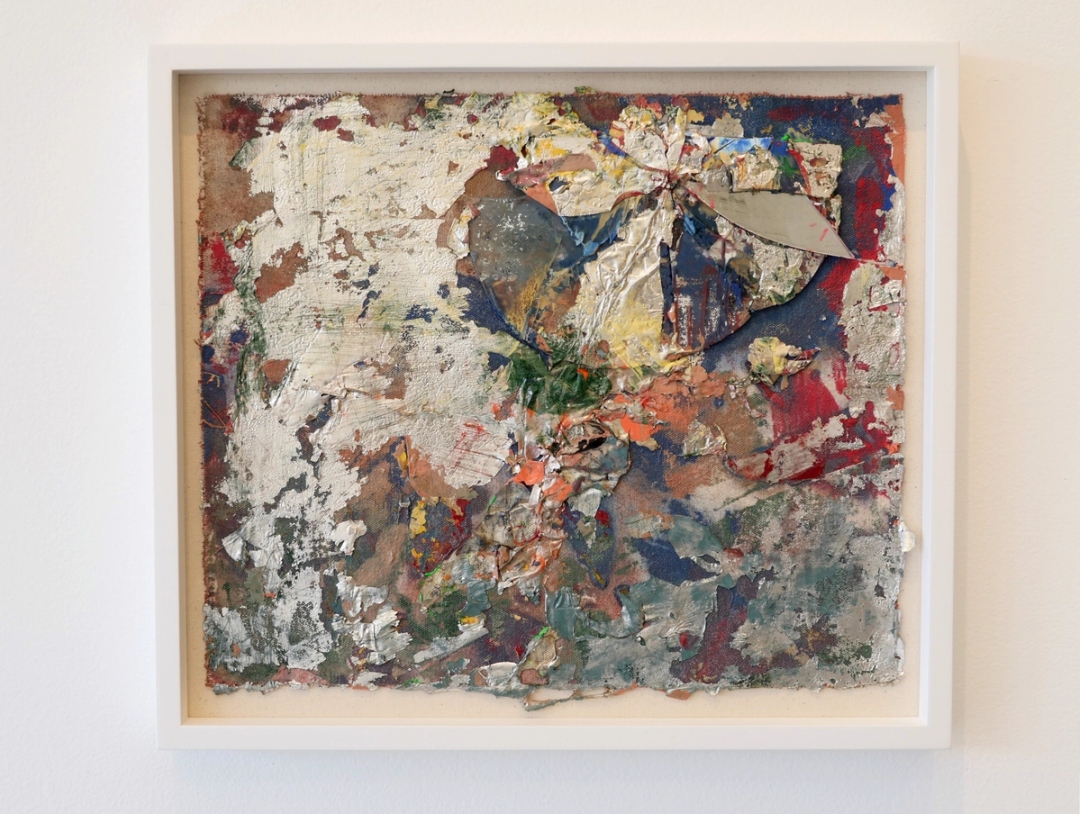
Edgar Arceneaux. Cohesion Sketch (The Fall #3), 2025. Acrylic paint, silver, glass on canvas, in custom frame. 15¼ x 17¼ in.

Installation view of Skinning the Mirror (Autumn 1), 2025. Acrylic paint, silver, glass on canvas. 80 x 120 in.

Edgar Arceneaux. Skinning the Mirror (Autumn 1), 2025 [detail].

Edgar Arceneaux. Skinning the Mirror (Autumn 1), 2025 [detail].

Edgar Arceneaux. Skinning the Mirror (Autumn 1), 2025 [detail].

Edgar Arceneaux. Skinning the Mirror (Autumn 1), 2025. Acrylic paint, silver, glass on canvas. 80 x 120 in.

Installation view, The Fall.

Edgar Arceneaux. Skinning the Mirror (Autumn 3), 2025. Acrylic paint, silver, glass on canvas. 36 x 50 in.

Installation view, The Fall.

Edgar Arceneaux. Skinning the Mirror (Spring 4), 2024 [detail].

Edgar Arceneaux. Skinning the Mirror (Spring 4), 2024. Acrylic paint, silver, glass on canvas. 38 x 27 in.

Installation view of The Law of Letters and Credit, 2019.

Edgar Arceneaux. The Law of Letters and Credit, 2019. Book, crystalized sugar, glass, mirror, pedestal. 13¾ x 8½ x 11½ in.

Installation view, The Fall.

Installation view of Skinning the Mirror (Autumn 2), 2025.

Edgar Arcenaux. Skinning the Mirror (Autumn 2), 2025 [detail].

Edgar Arceneaux. Skinning the Mirror (Autumn 2), 2025. Acrylic paint, silver, glass on canvas. 44 x 31 in.

Installation view of Cases on Contracts, 2019.

Installation view of Cases on Contracts, 2019.

Edgar Arceneaux. Cases on Contracts, 2019. Book, crystalized sugar, glass, mirror, pedestal. 15 x 13 x 13½ in.

Installation view, The Fall.

Edgar Arceneaux. Skinning the Mirror (Winter 11), 2024 [detail].

Edgar Arceneaux. Skinning the Mirror (Winter 11), 2024. Acrylic paint, silver, glass on canvas, in custom frame. 19 x 25 in.

Installation view of Skinning the Mirror (Winter 4), 2024.

Edgar Arceneaux. Skinning the Mirror (Winter 4), 2024 [detail].

Edgar Arceneaux. Skinning the Mirror (Winter 4), 2024. Acrylic paint, silver, glass on canvas. 50 x 36 in.

Installation view, The Fall.

Edgar Arceneaux. Skinning the Mirror (Summer 3), 2025 [detail].

Installation view, Skinning the Mirror (Summer 3), 2025.

Edgar Arceneaux. Skinning the Mirror (Summer 3), 2025. Acrylic paint, silver, glass on canvas. 38 x 27 in.

Edgar Arceneaux. Skinning the Mirror (Autumn 4), 2025 [detail].

Edgar Arceneaux. Skinning the Mirror (Autumn 4), 2025. Acrylic paint, silver, glass on canvas. 38 x 27 in.

Installation view of The Fall, featuring the Cohesion Sketches.

Edgar Arceneaux. Cohesion Sketch (Winter Snow Melting Way Too Soon #2), 2025. Acrylic paint, silver, glass on canvas, in custom frame. 15¼ x 17¼ in.

Edgar Arceneaux. Cohesion Sketch (First Buds of Spring From Cold Earth #3), 2025. Acrylic paint, silver, glass on canvas, in custom frame. 15¼ x 17¼ in.

Edgar Arceneaux. Cohesion Sketch (The Fall #2), 2025. Acrylic paint, silver, glass on canvas, in custom frame. 15¼ x 17¼ in.

Edgar Arceneaux. Cohesion Sketch (Hot Humid Summer Nights #3), 2025. Acrylic paint, silver, glass on canvas, in custom frame. 15¼ x 17¼ in.

Edgar Arceneaux. Cohesion Sketch (First Buds of Spring From Cold Earth #2), 2025. Acrylic paint, silver, glass on canvas, in custom frame. 15¼ x 17¼ in.

Edgar Arceneaux. Cohesion Sketch (Hot Humid Summer Nights #2), 2025. Acrylic paint, silver, glass on canvas. 15¼ x 17¼ in.

Edgar Arceneaux. Cohesion Sketch (Winter Snow Melting Way Too Soon #3), 2025. Acrylic paint, silver, glass on canvas, in custom frame. 15¼ x 17¼ in.

Edgar Arceneaux. Cohesion Sketch (The Fall #3), 2025. Acrylic paint, silver, glass on canvas, in custom frame. 15¼ x 17¼ in.
Dreamsong is pleased to present The Fall, the gallery’s inaugural solo presentation with Los Angeles-based artist Edgar Arceneaux. The culmination of two years of maintaining a Minneapolis studio at MCAD as part of a collaborative residency organized by the Walker Art Center, The Fall features paintings from the artist’s Skinning the Mirror series that draw conceptual and material inspiration from Minnesota’s seasonal ecologies. Underpinning the Minneapolis paintings is a rigorous practice spanning over twenty years that explores race and collective memory by interrogating American historical narratives and probing their gaps, failures and omissions.
Drawn by Minnesota’s distinct climatological patterns, Arceneaux grouped his Minneapolis paintings by season, beginning with winter and ending in autumn, and used corresponding color palettes as guides. Remnants of each season’s paintings subsequently served as underpaintings for the following season, creating an accumulation of density over time. Transferring silver stripped from mirrors onto canvas, Arceneaux draws on the mirror’s metaphoric resonance in fractured abstractions. As the paintings’ metallic surfaces oxidize, they absorb elements of the atmosphere, altering their colors and sheen until sealed.
Originally conceived of while caring for his mother through dementia, Arceneaux’s Skinning the Mirror series complicates the construction of knowledge through broken, layered and sculptural surfaces that capture fragmented and distorted reflections. Witnessing the rapid authoritarian slide of American politics as he worked through the series, Arceneaux’s progression towards The Fall also began to assume deeper sociopolitical significance. Resolutely place-based, the paintings in The Fall are the product of a deep and lasting engagement with the Twin Cities. Initially intrigued by the vociferous public response to George Floyd’s murder at the hands of the Minneapolis Police Department and the global protest movement it inspired, Arceneaux began visiting Minneapolis and meeting with local activists and artists. Throughout multiple visits, Arceneaux – a native born Angelino – was struck by the visual intensity and ecological fragility of Minnesota’s seasons. Paintings such as Skinning the Mirror (Spring 1) (2024) – now in the Walker’s permanent collection – capture the inherent beauty of the state’s seasonal transitions. A thick, icily silver façade gives way to shoots of verdant green and earthen purple, abstracting the emergence of new growth through the thawing ground of winter’s end. Skinning the Mirror (Summer 1) (2025), which was jointly acquired by LACMA, MOCA and the Hammer Museum, uses midnight blues and celestial reds to evoke the summer sky’s widening at the onset of a Midwestern evening. The analogue to these two monumental works in The Fall is Skinning the Mirror (Autumn 1) (2025), Arceneaux’s final large-scale Minneapolis painting. Cartographic in composition, it recalls a landscape viewed from above, with crystalline sunshine glinting off of silvered lakes, oak canopies aflame with yellow and red and rocks tinted orange by iron ore.
Alongside Arceneaux’s new autumn paintings, including Skinning the Mirror (Autumn 2), where he used a novel compositional approach to stripping mirror that produced a starburst pattern across its dappled face, The Fall also features select works from the artist’s winter, spring and summer series, showcasing the full breadth of his Minneapolis project. Returning to earlier color palettes for this exhibition, Arceneaux also made a new set of his ‘cohesion sketches’ – smaller framed works on canvas layered with silver and densely colored – that span the quartet of seasons.
Taken as a whole, The Fall speaks pointedly about time, its passage, and the complicated evolution of personal, political and ecological histories. Bonding silver to canvas with paint happens slowly, and in general, Arceneaux’s process necessitates waiting – his winter paintings, for example, sat unstretched and unsealed for months in the homes of Minneapolis friends and artists acquiring their golden depth. As autumn’s leaves fall to the ground and desiccate, another winter approaches, though we know that if it does not arrive a little later or bear less bite than the last, the next one probably will. These cycles and their strange permutations – our warming climate and the ecologies it disappears, the revanchist rise of the American right and looming authoritarian rule – have antecedents in our past, but they are also new. By shattering mirrors, Arceneaux questions what we assume to know as true, how we see ourselves, and critically, what we remember those things to be. Through process and composition, and his engagement with the particular stories of particular places and times, Arceneaux highlights a fragile continuity in reflective surfaces that allows us to peer through time at ourselves in the present moment.
Artist(s)
Edgar Arceneaux